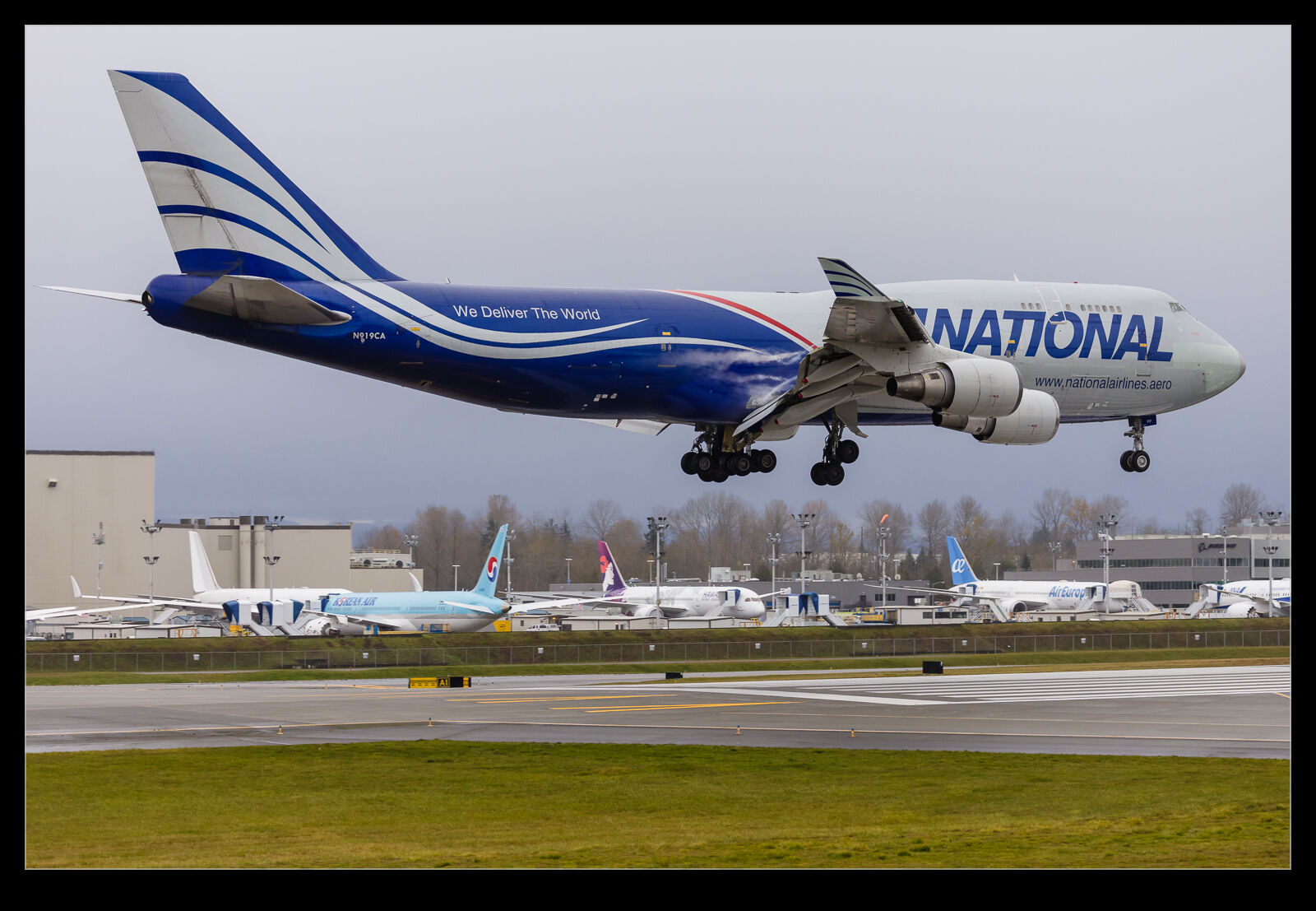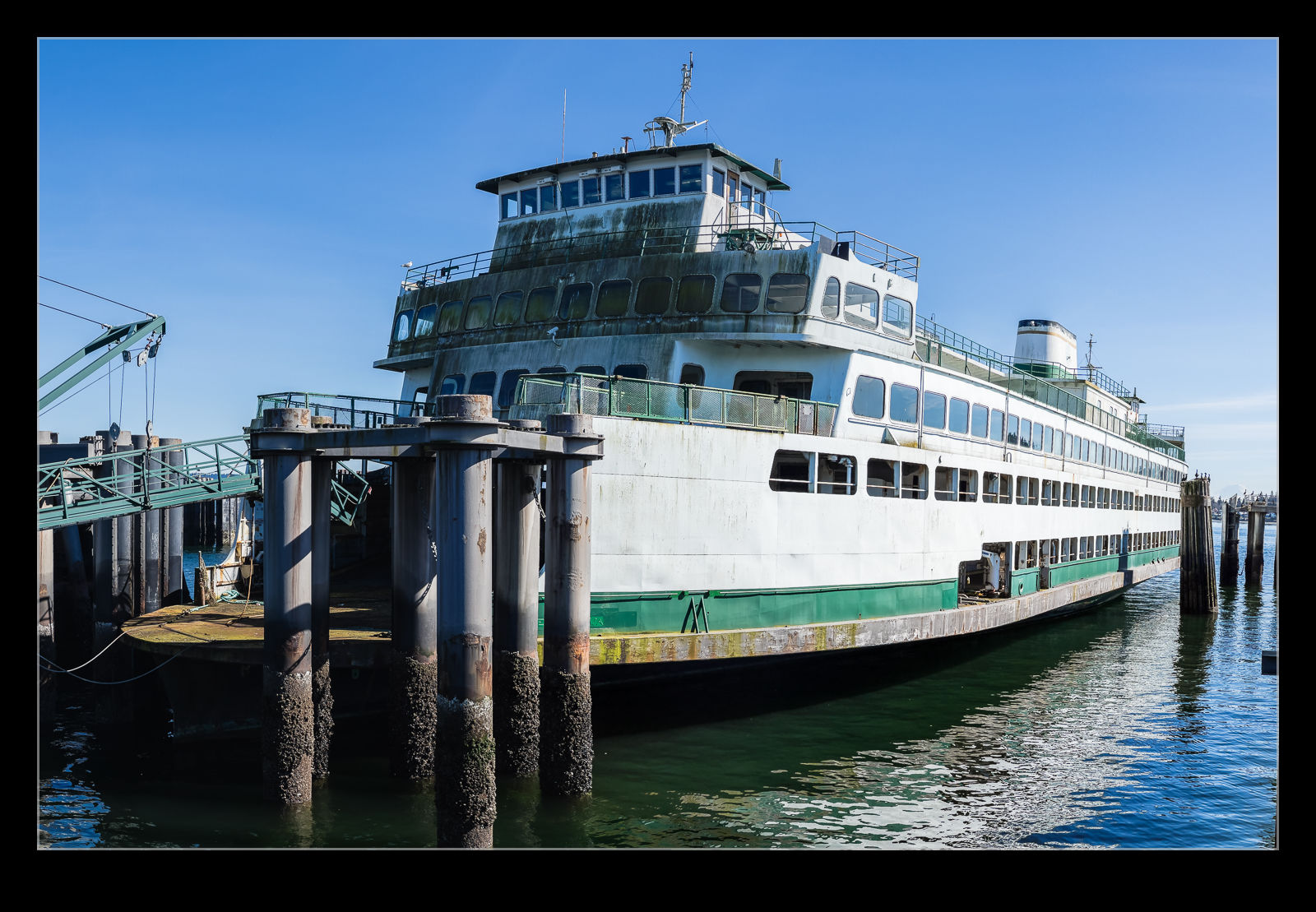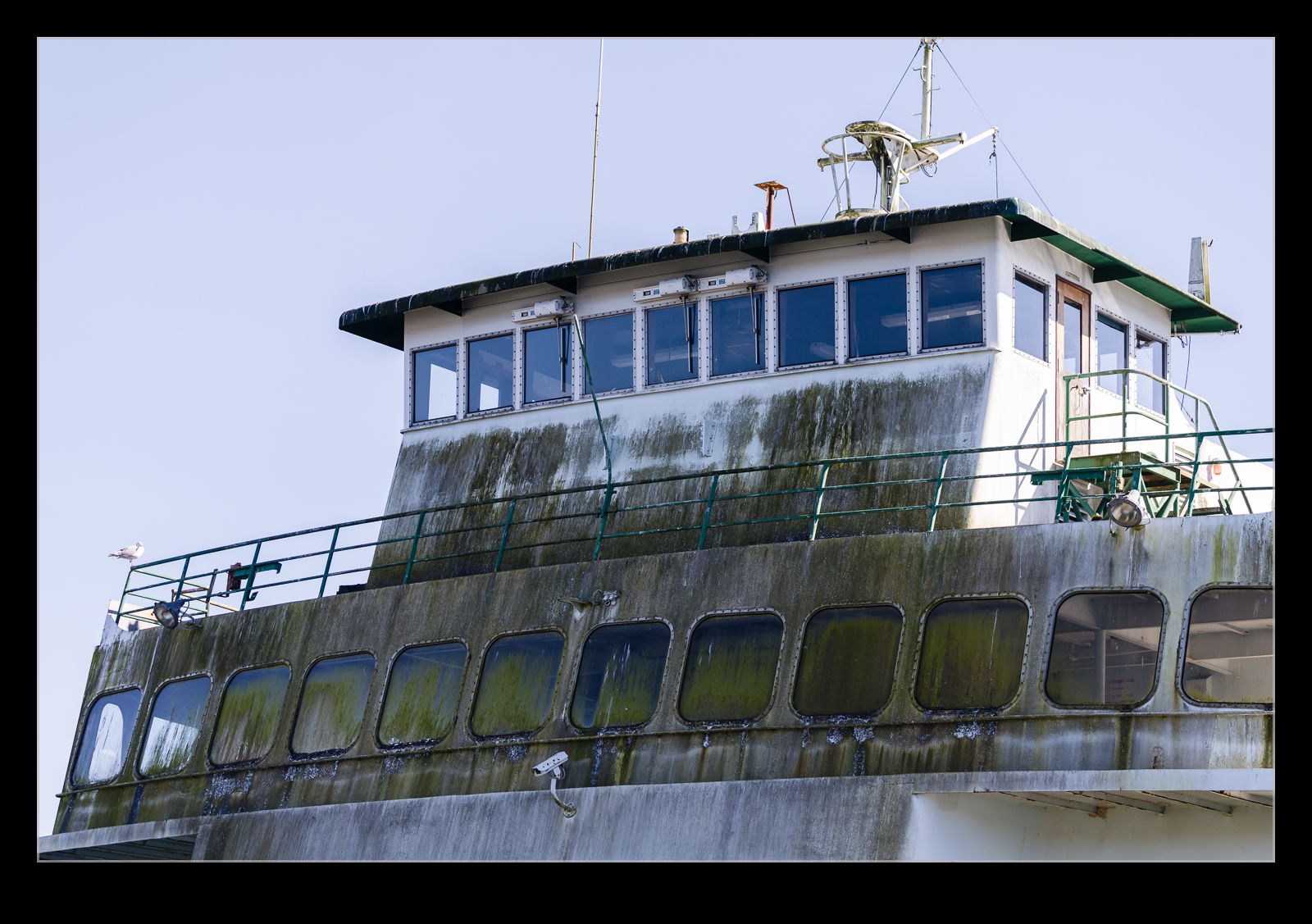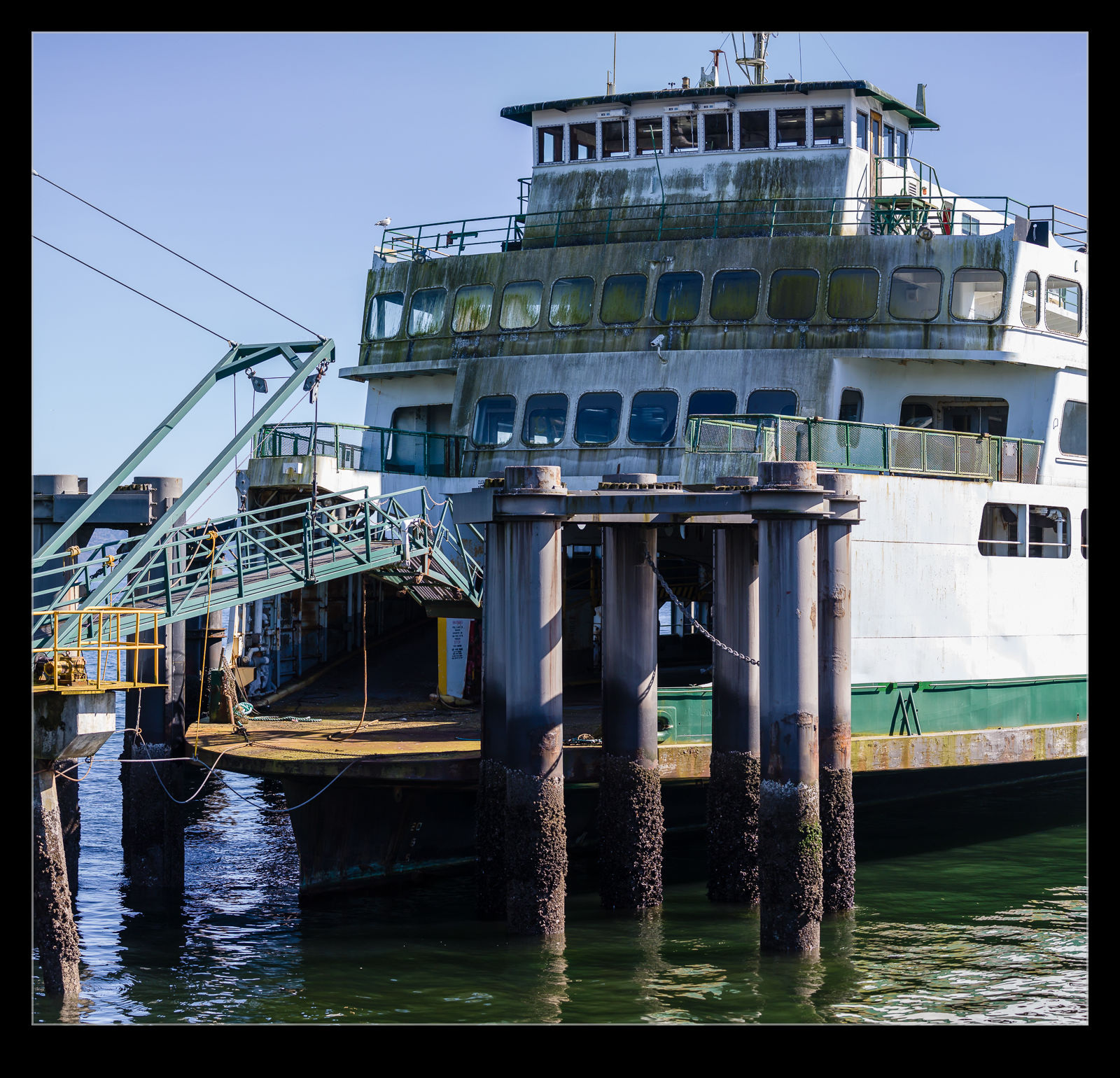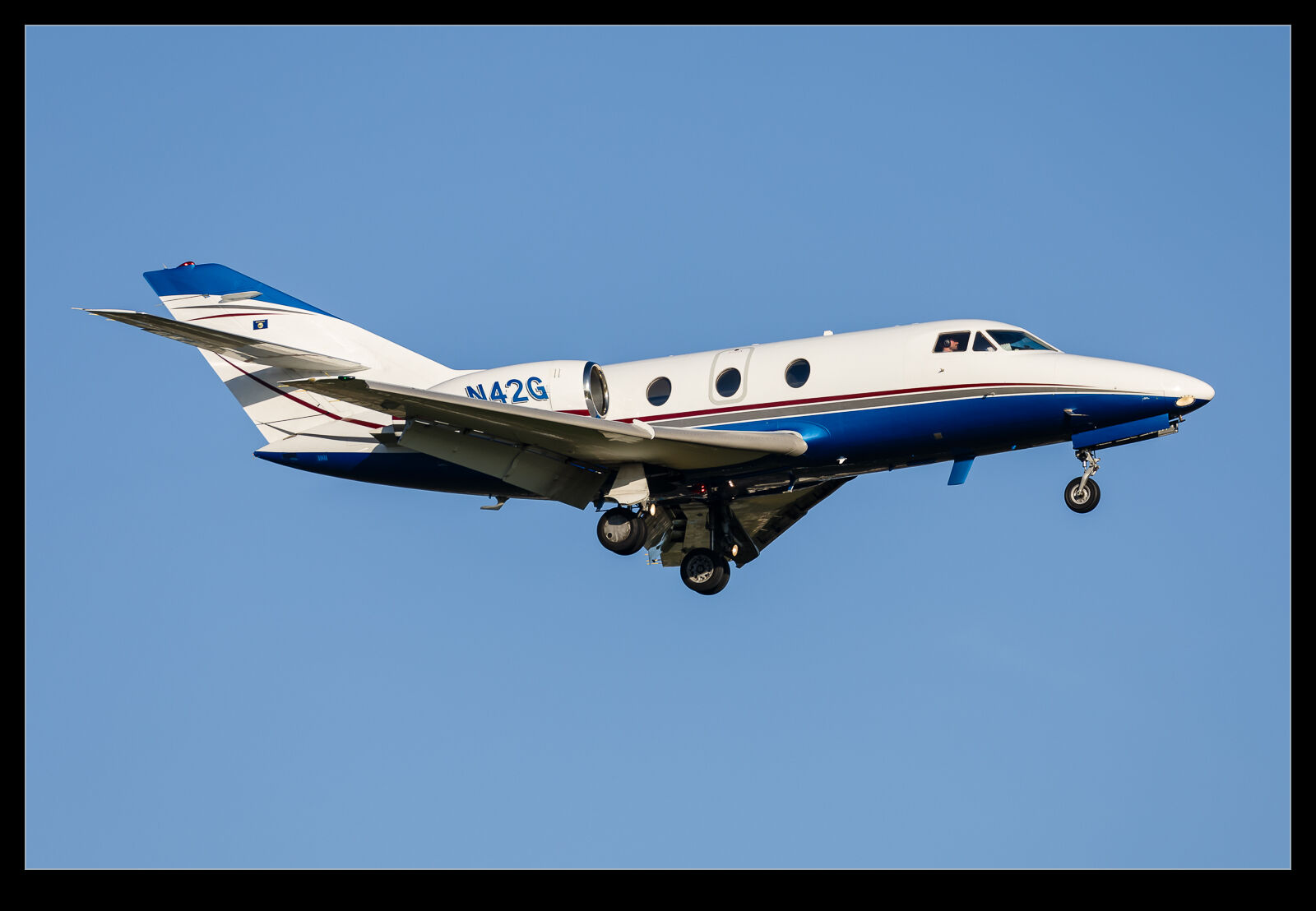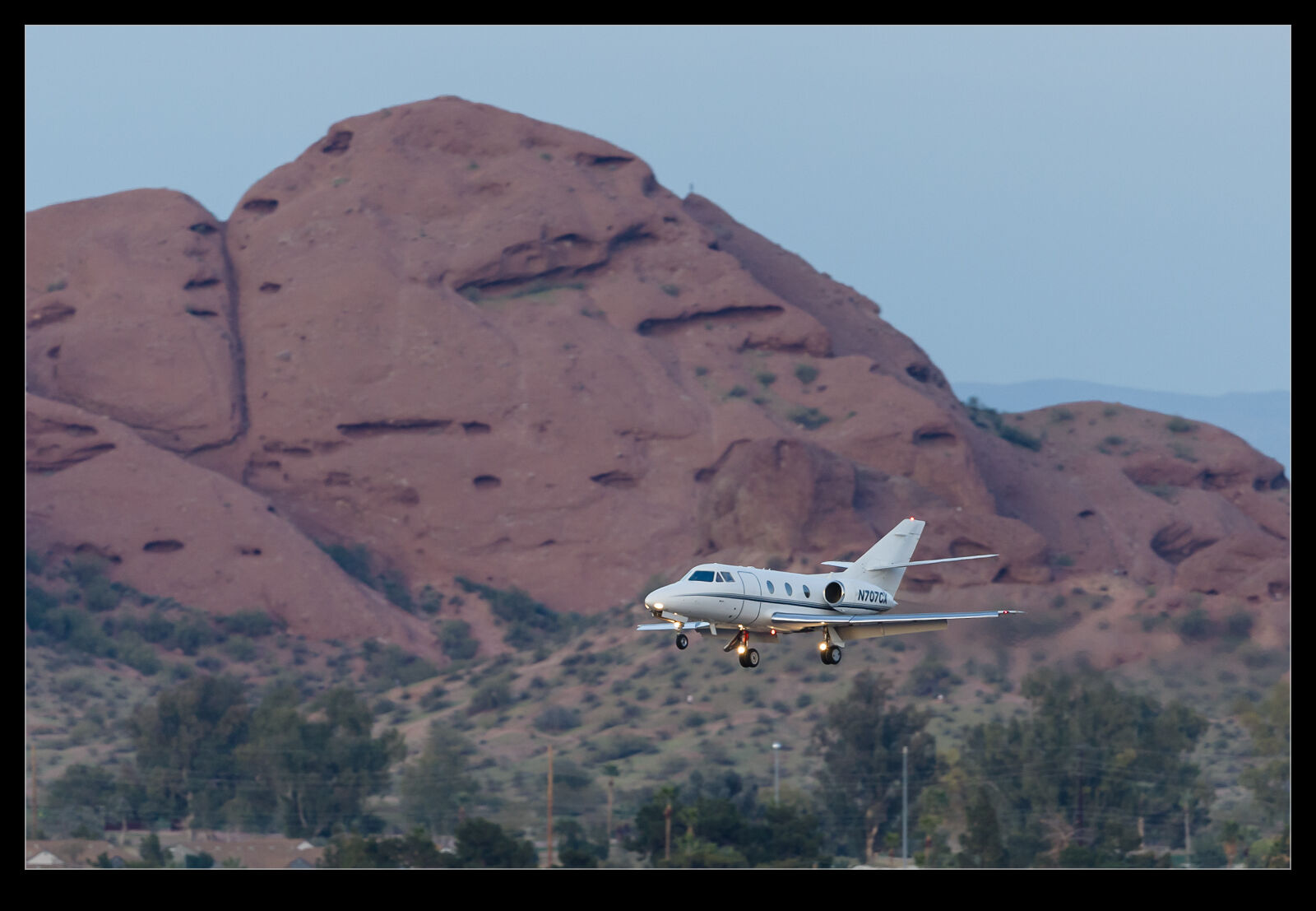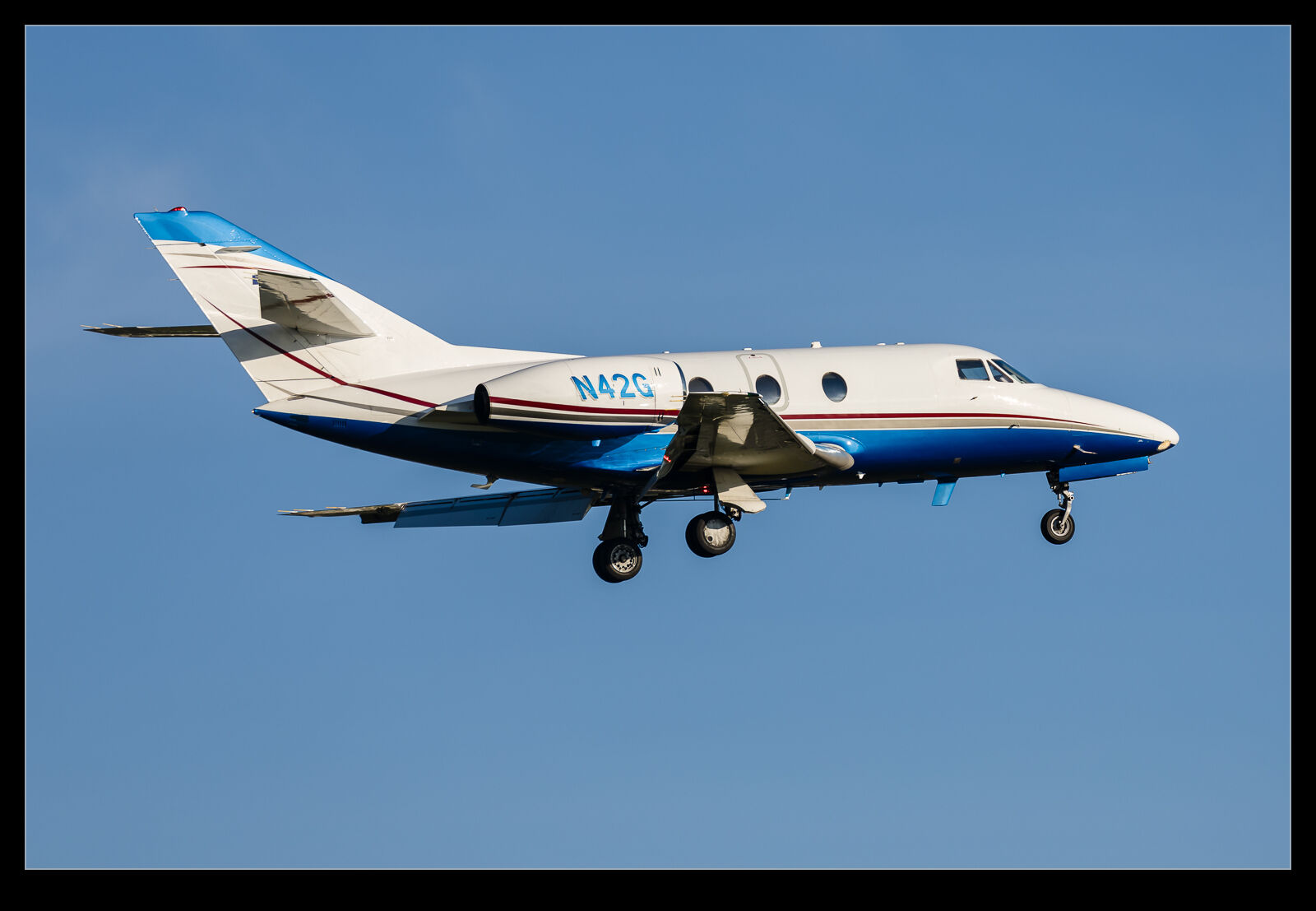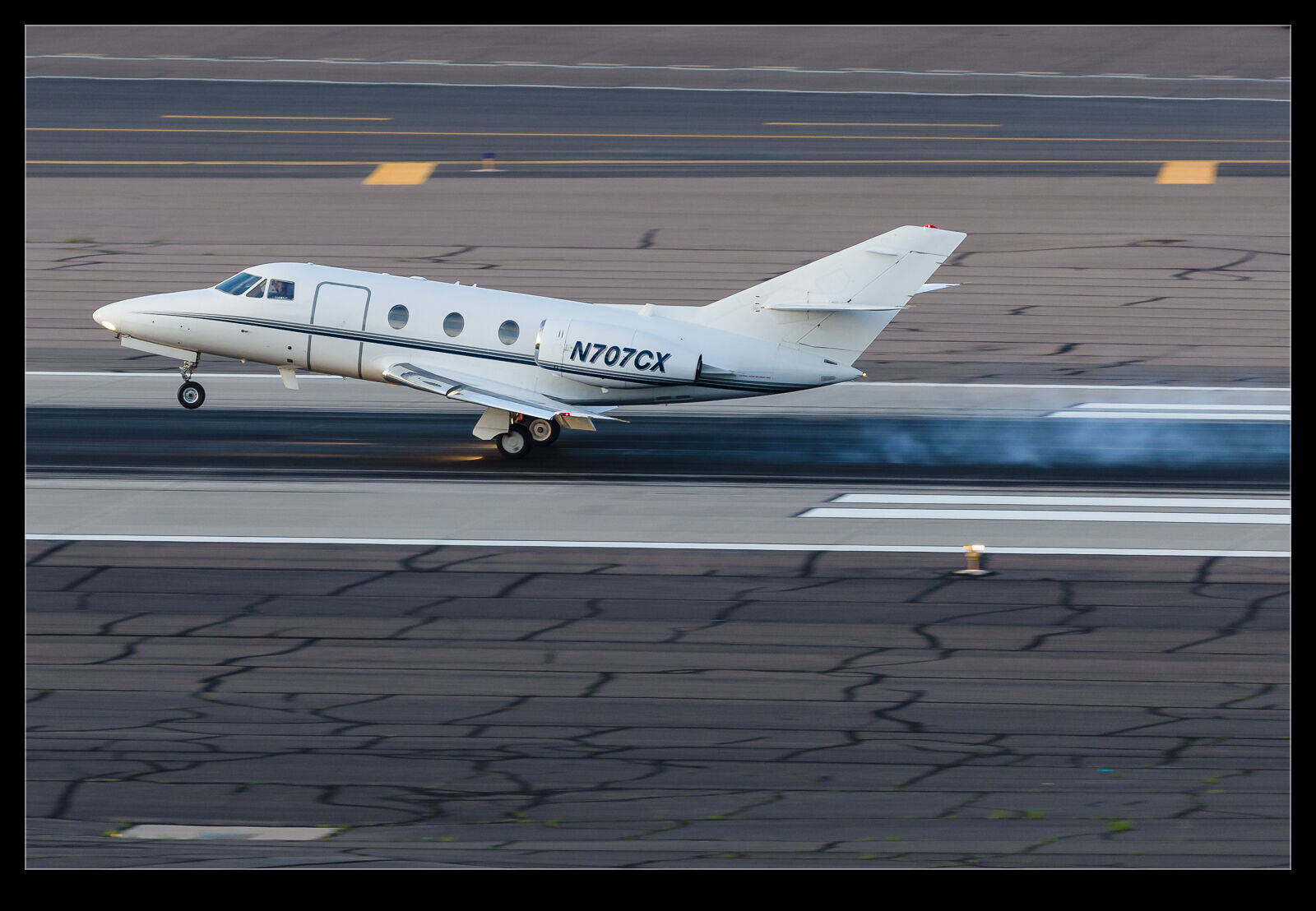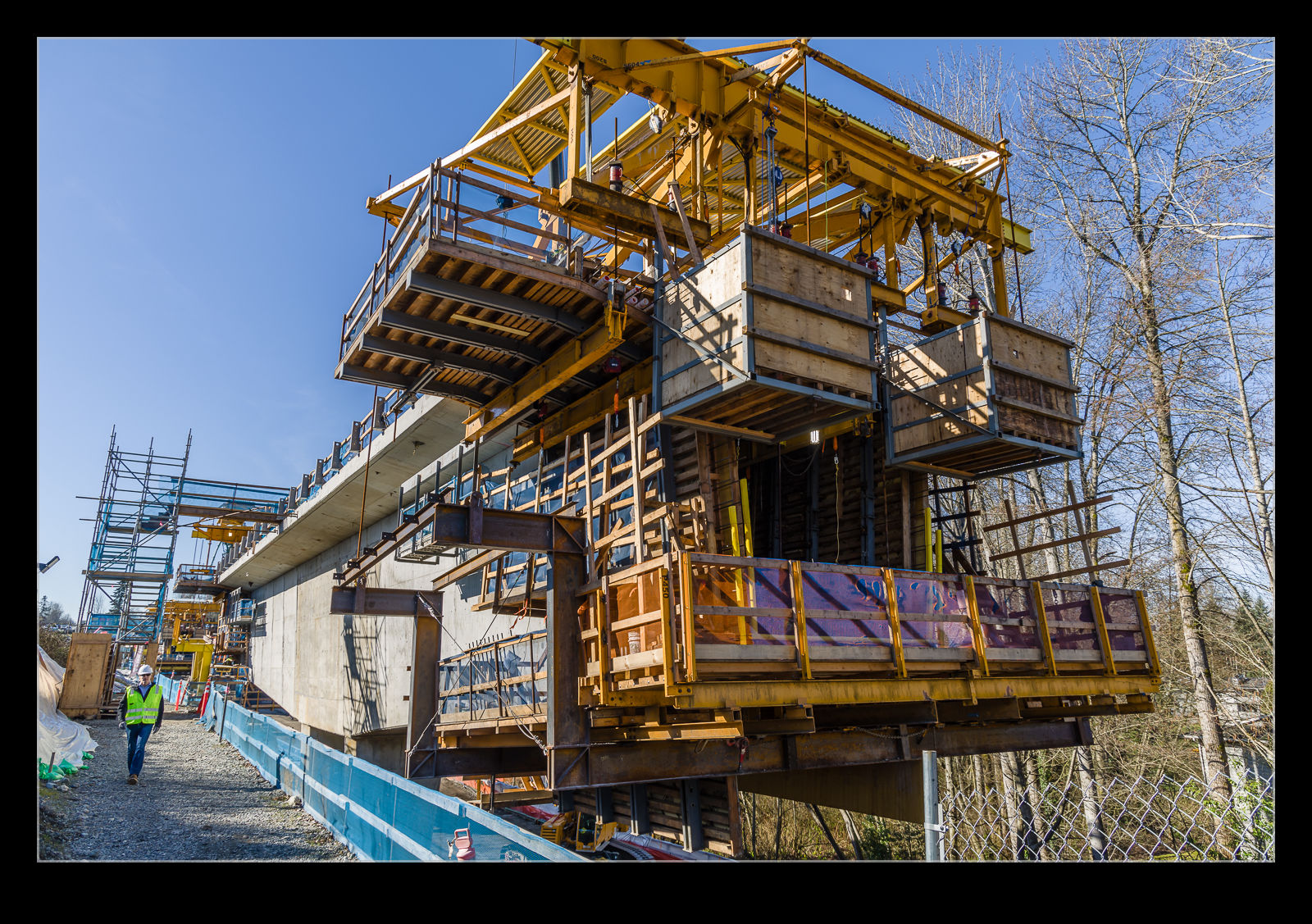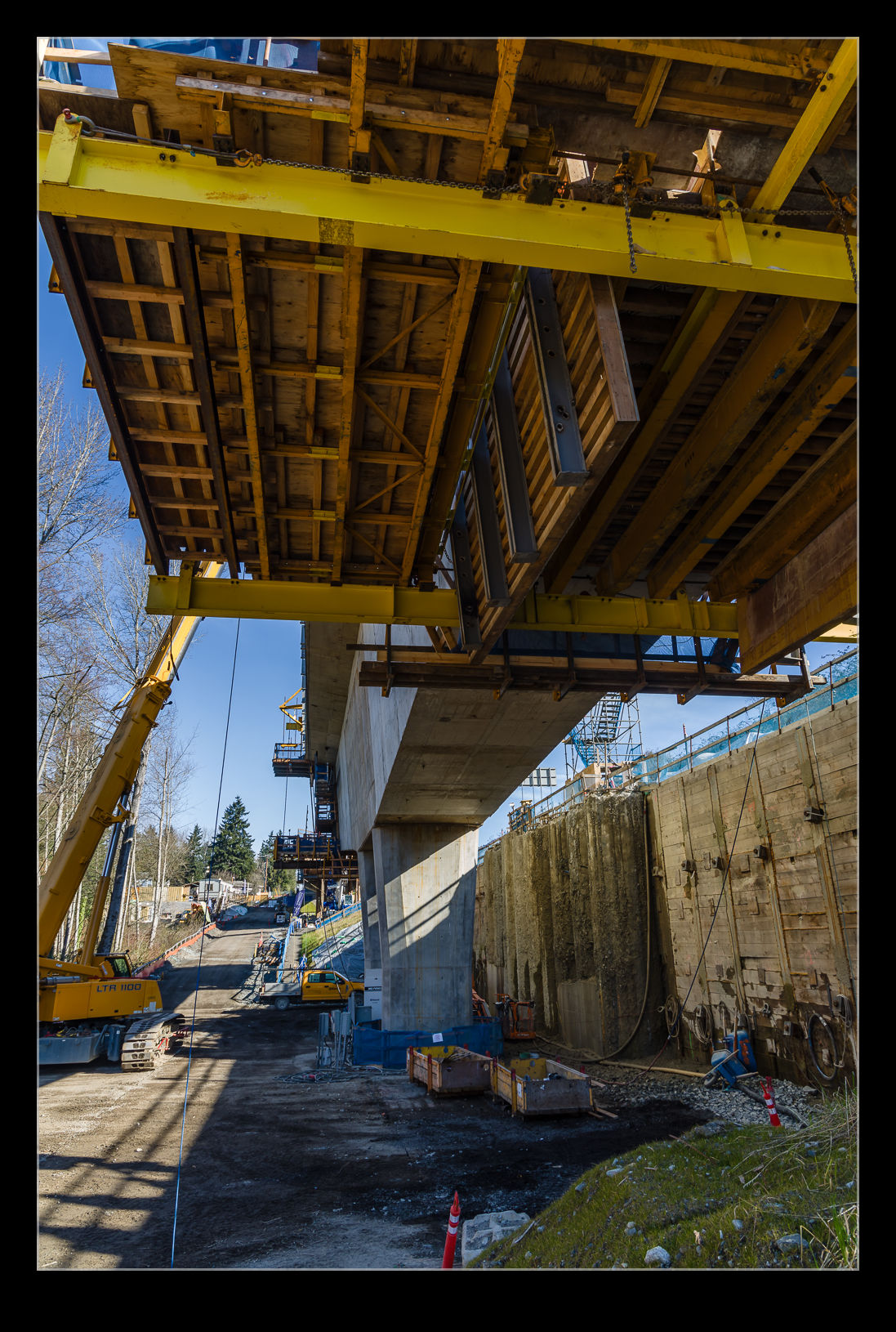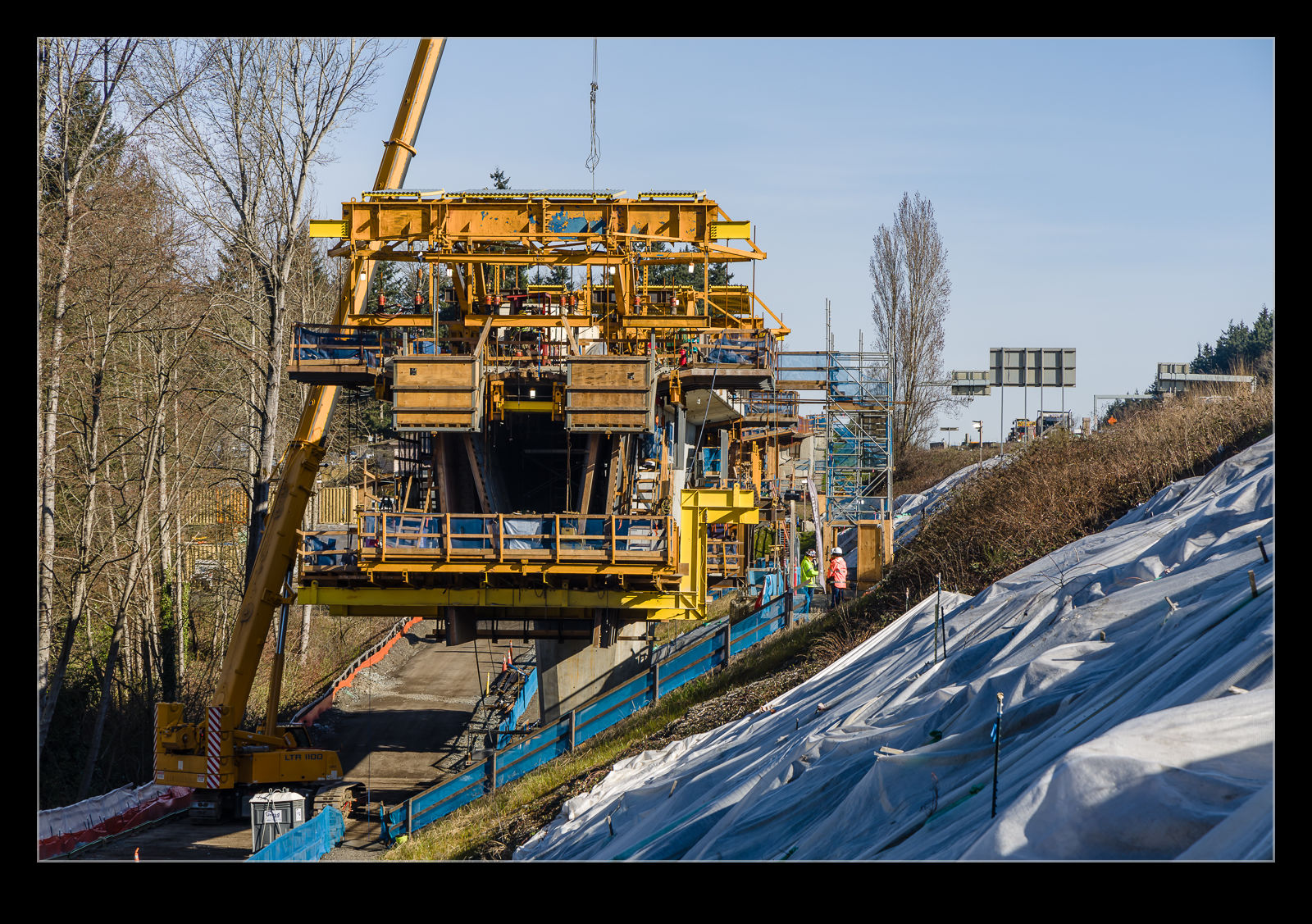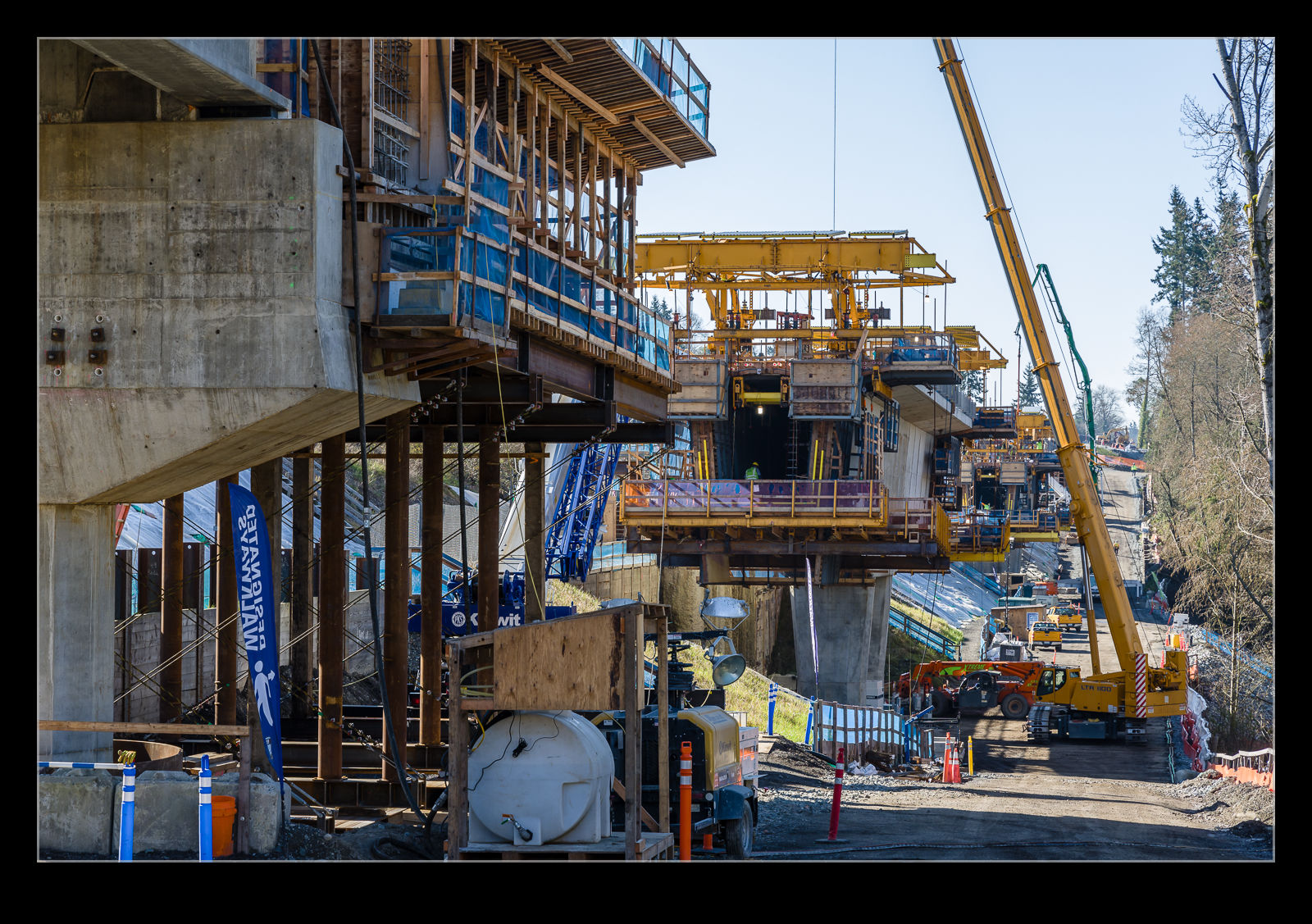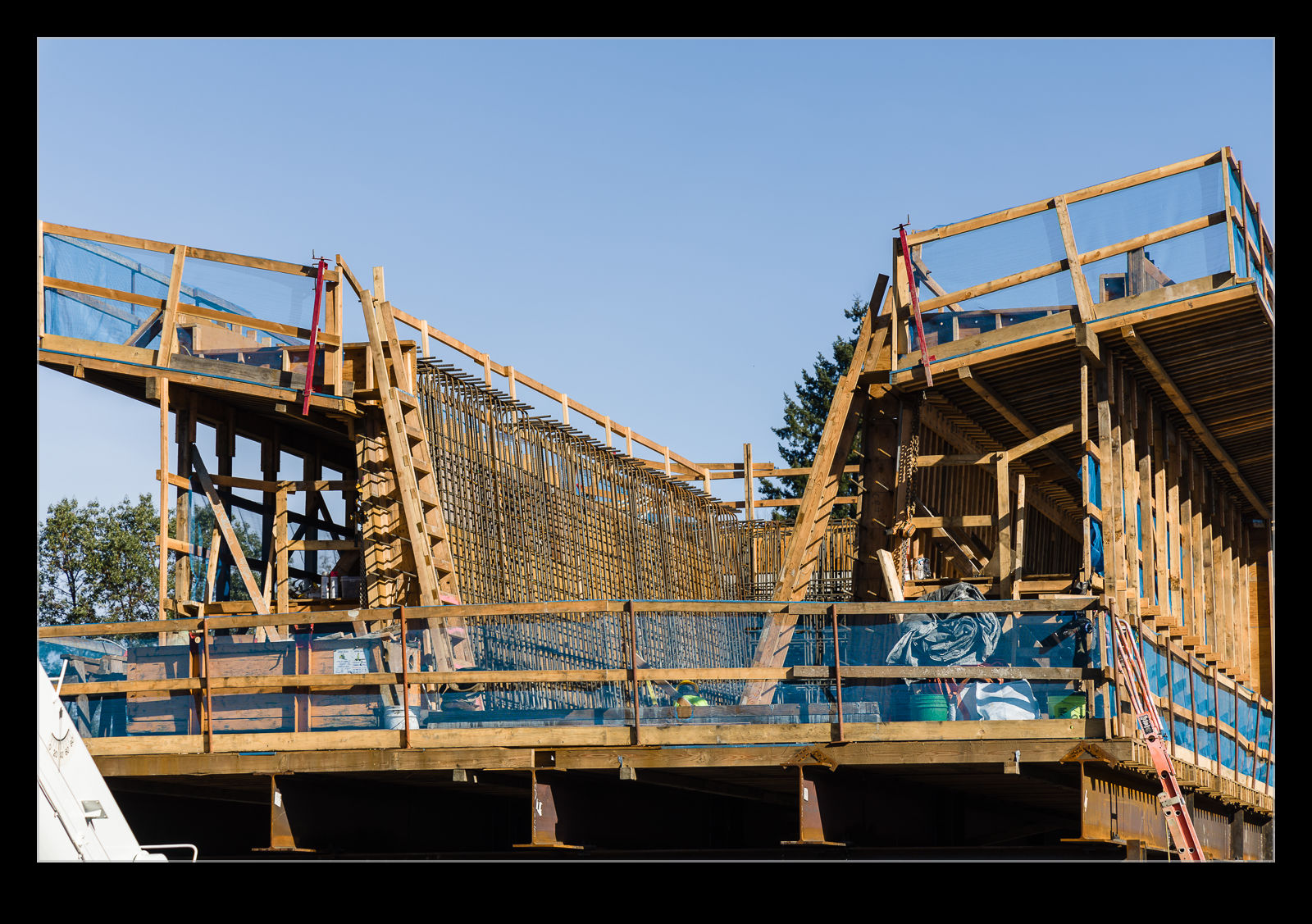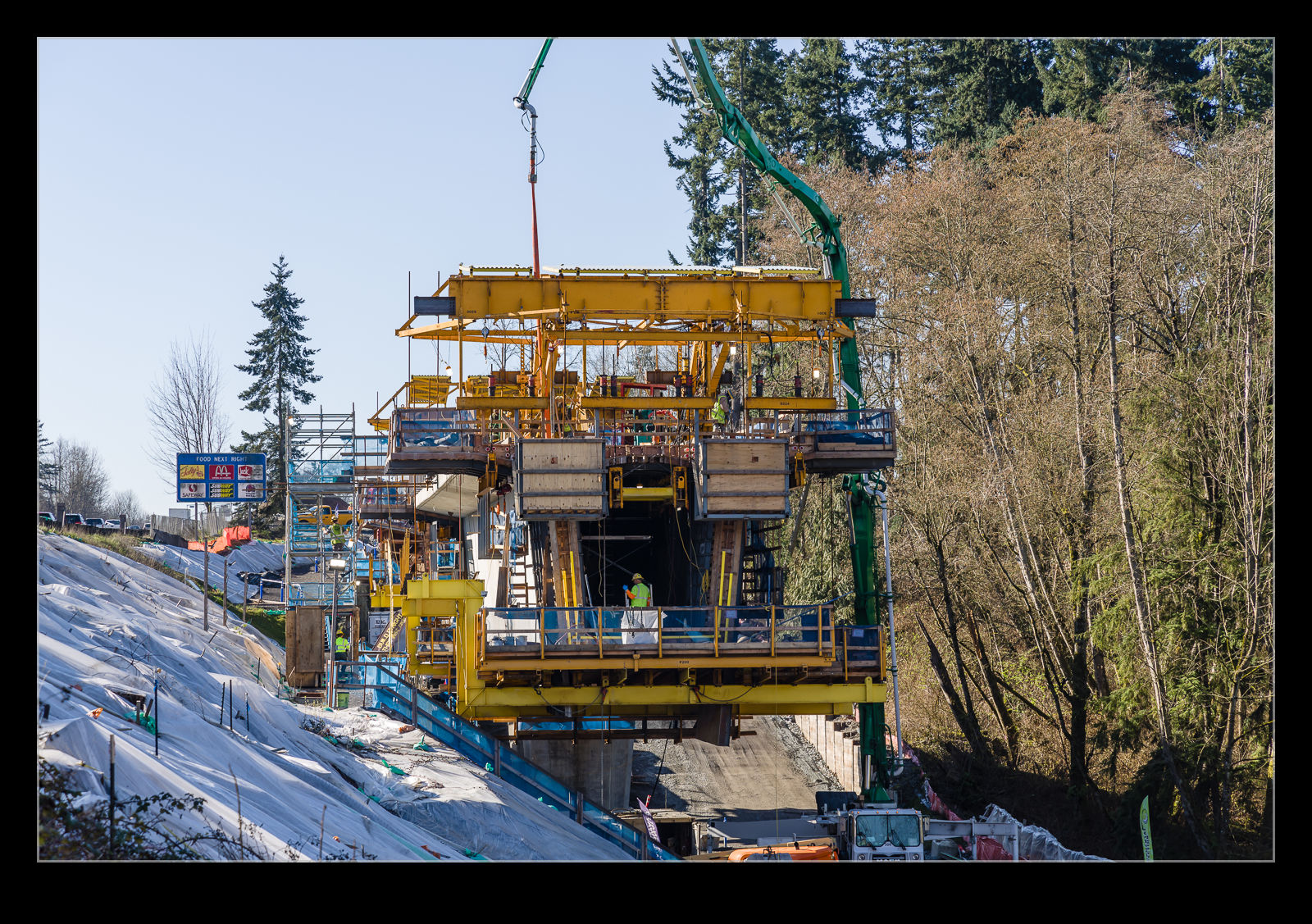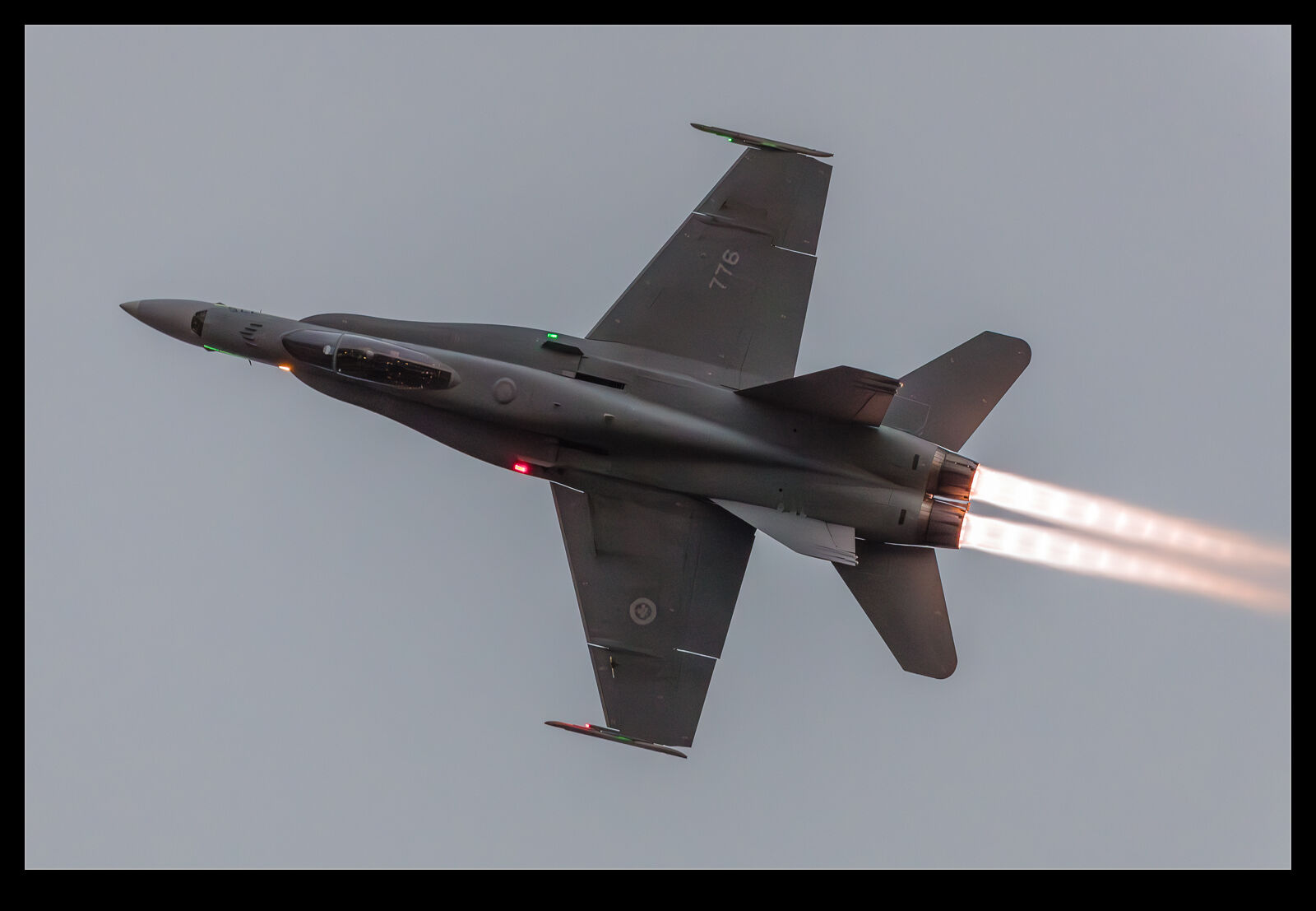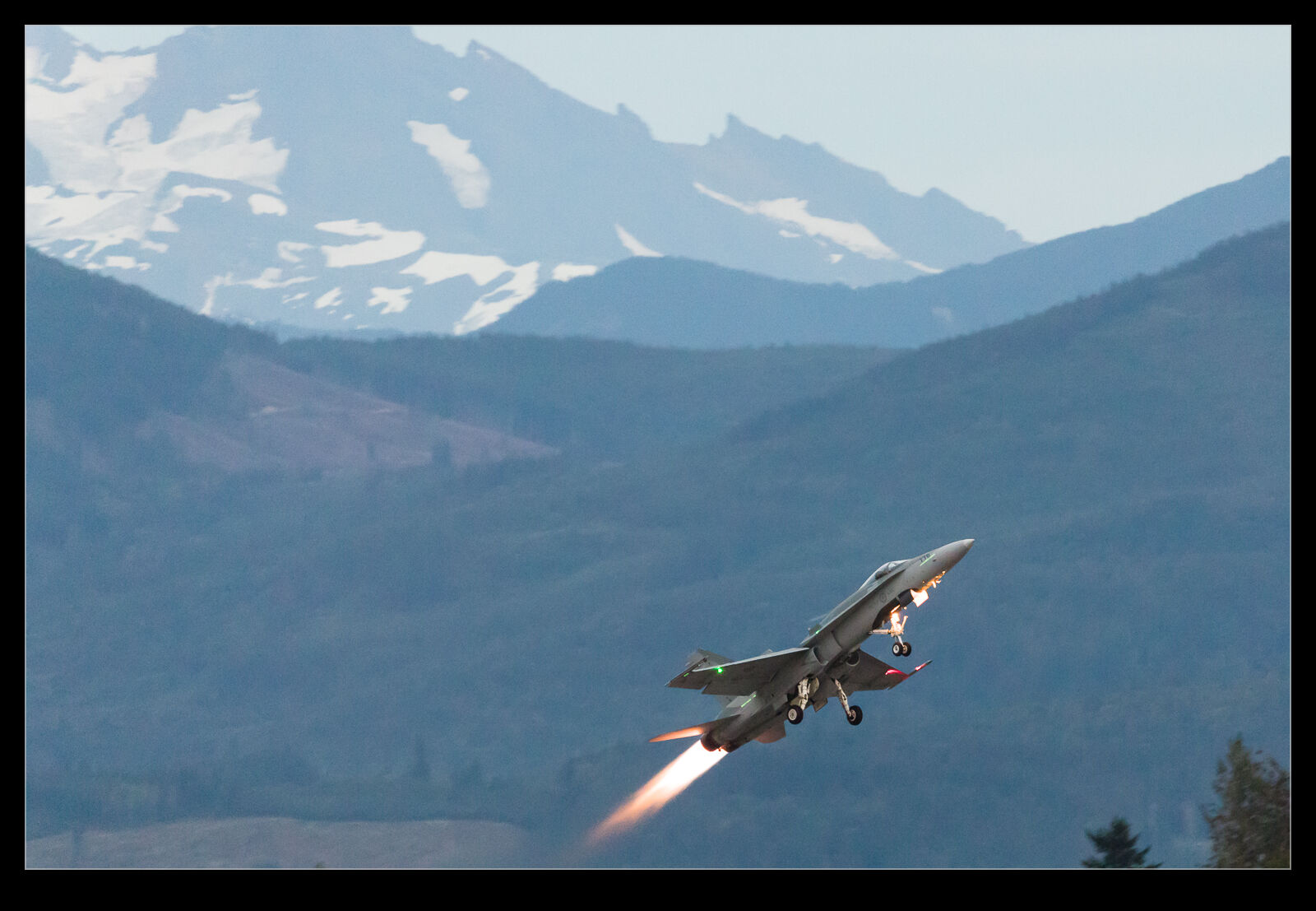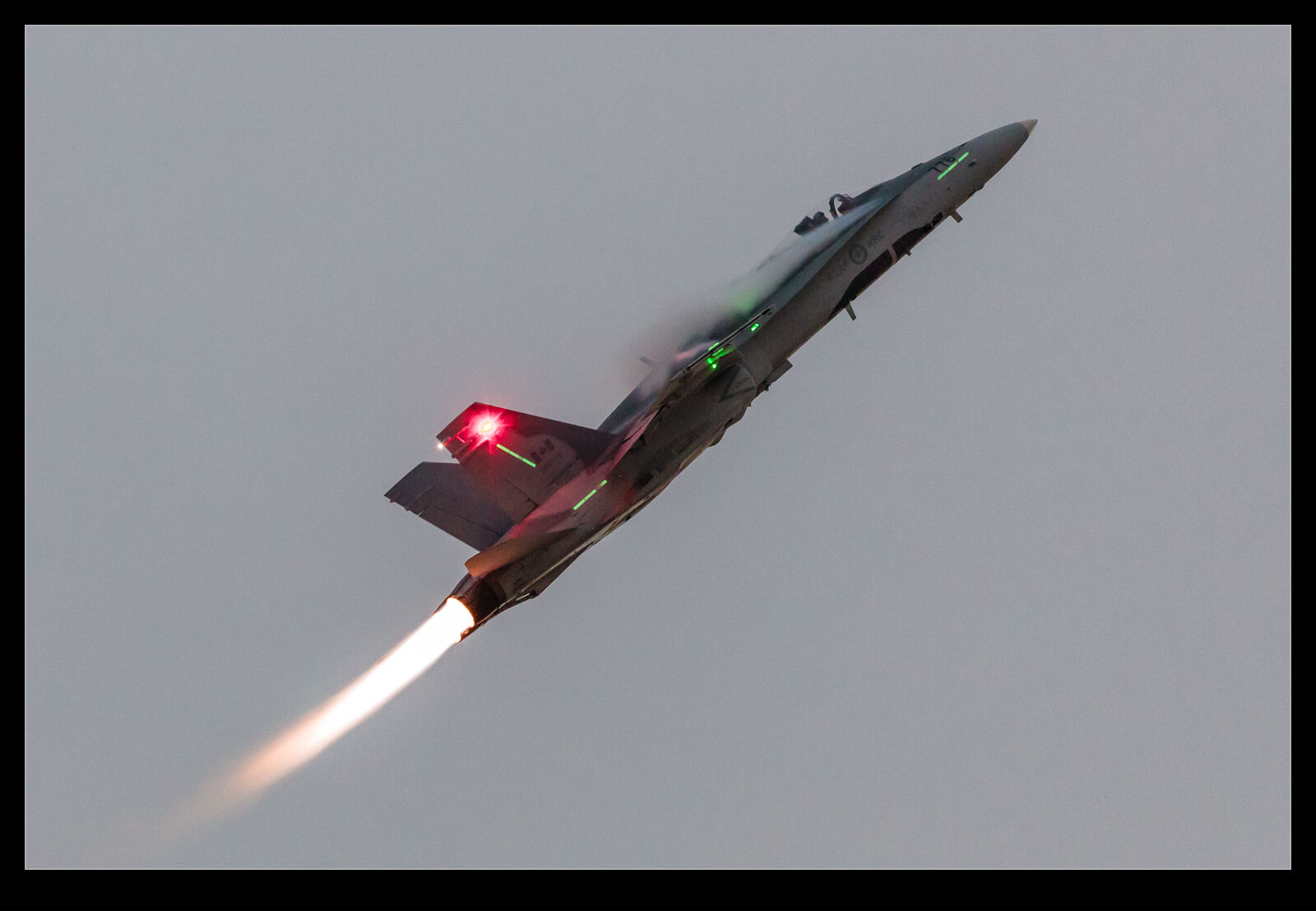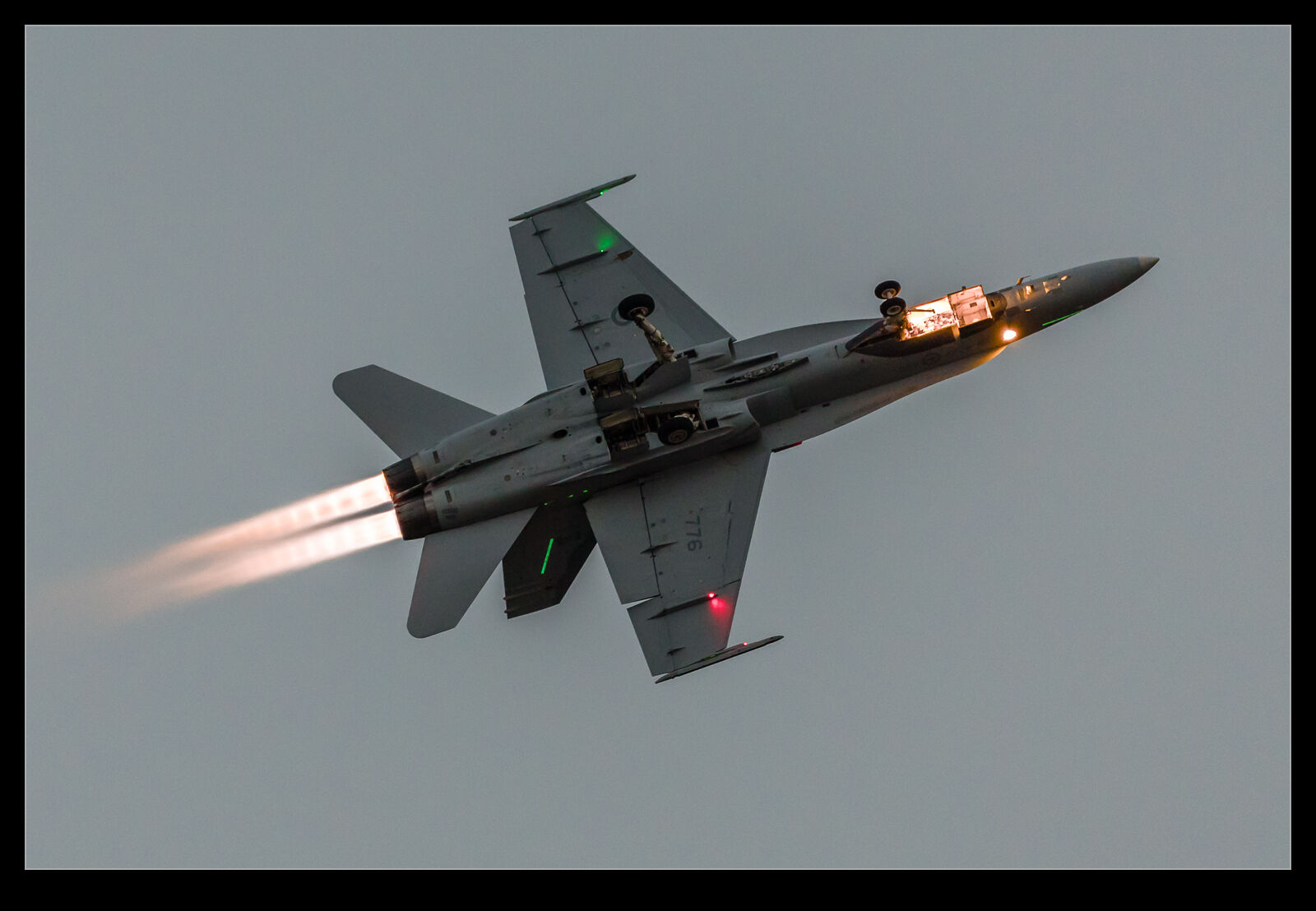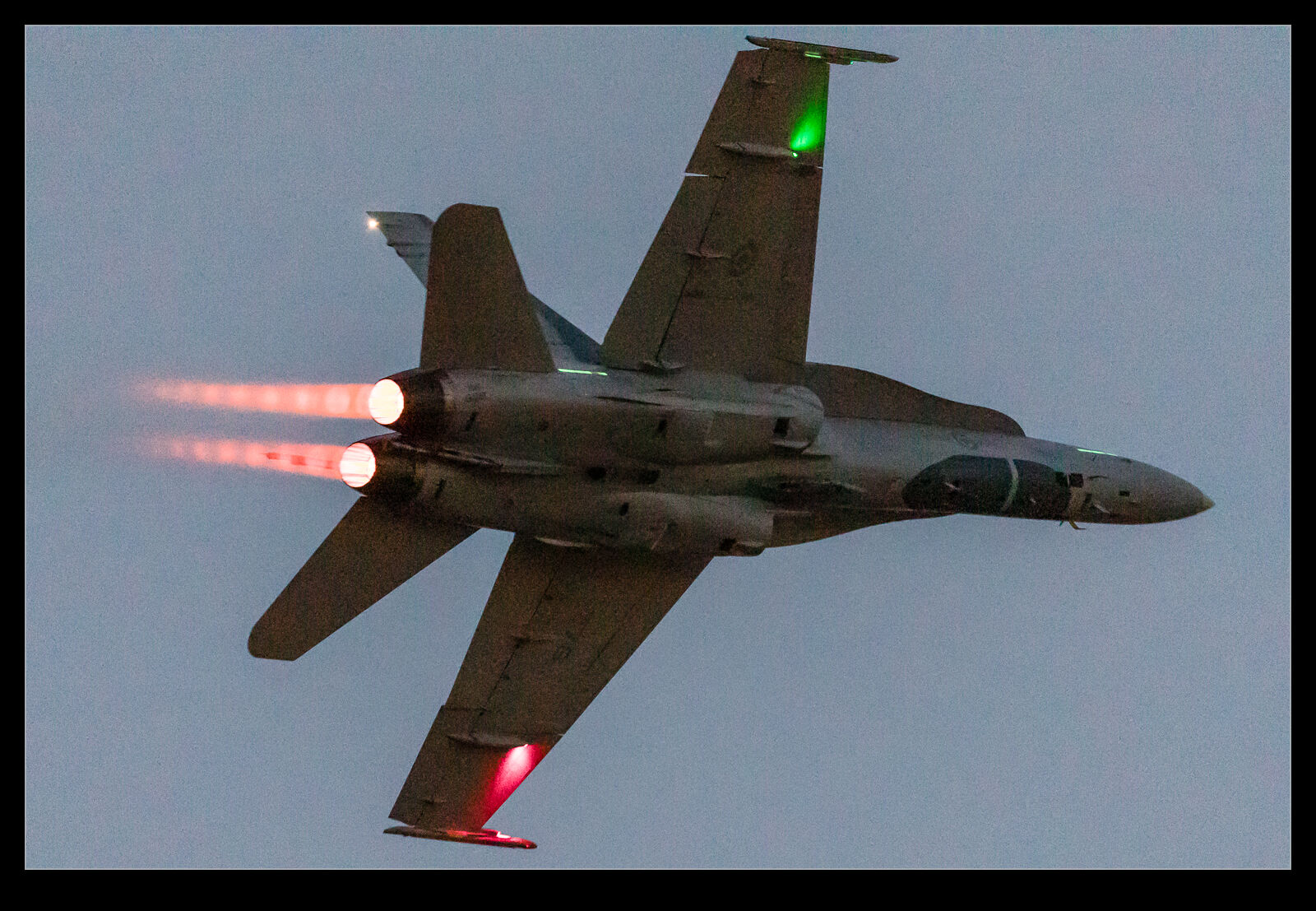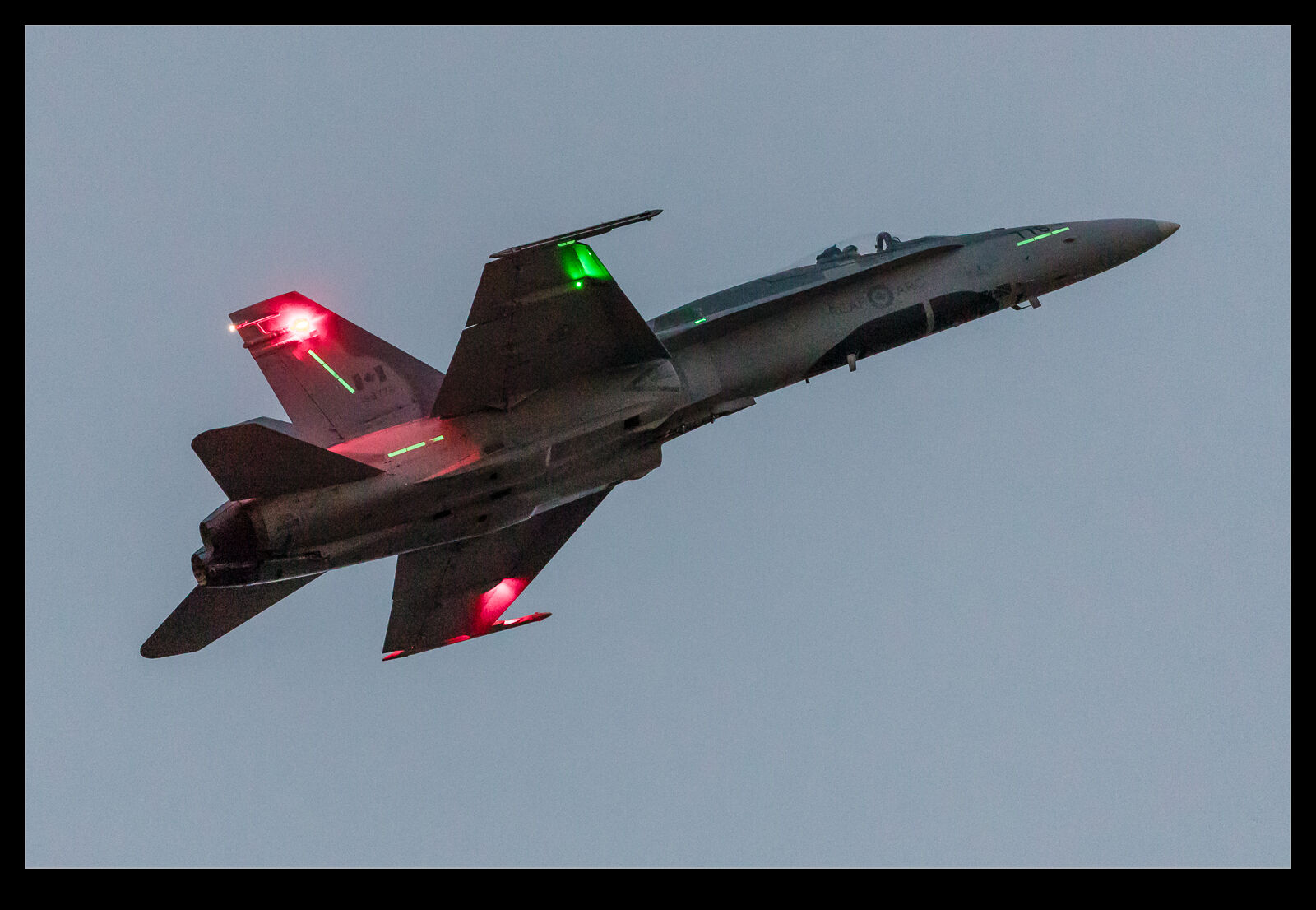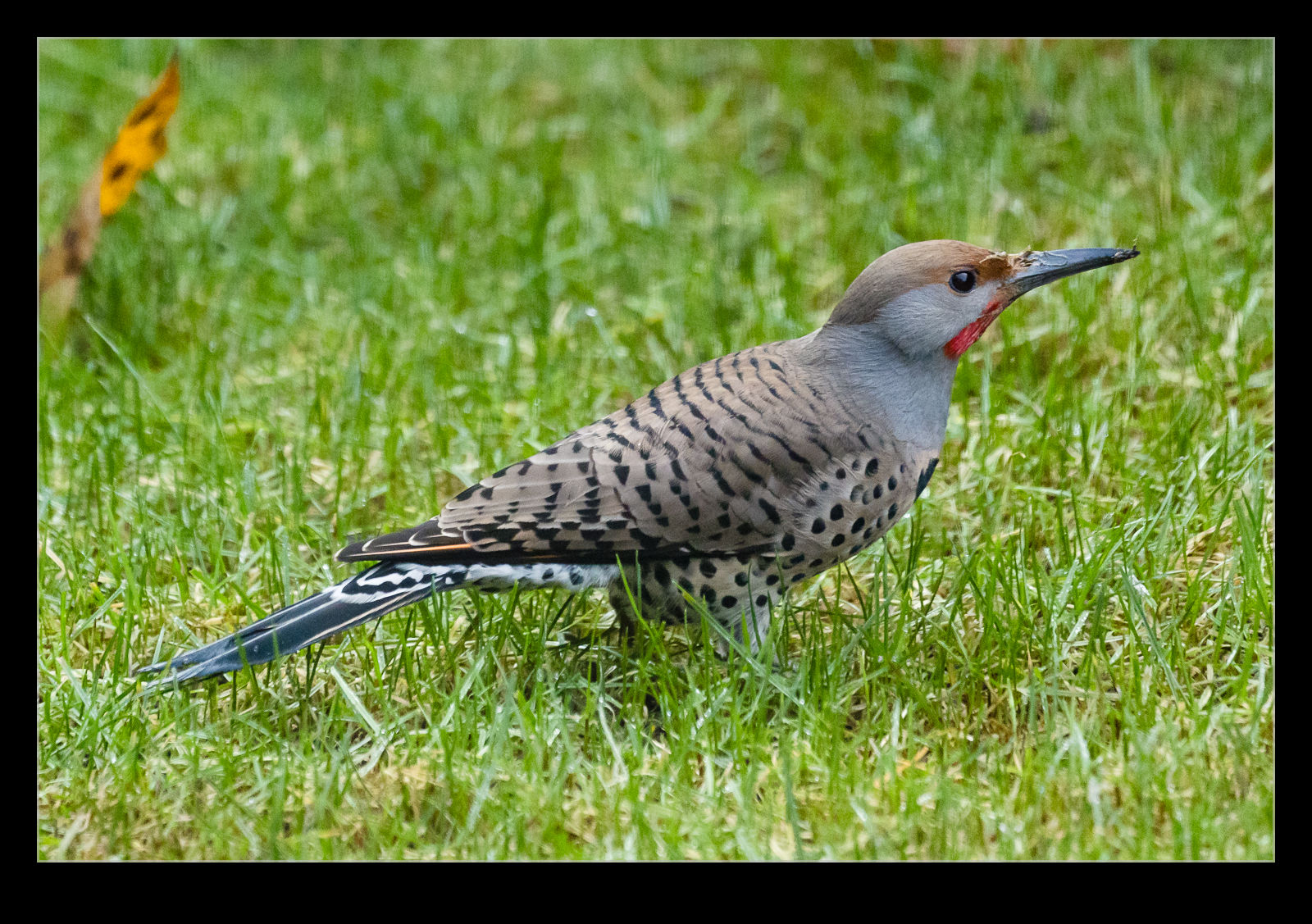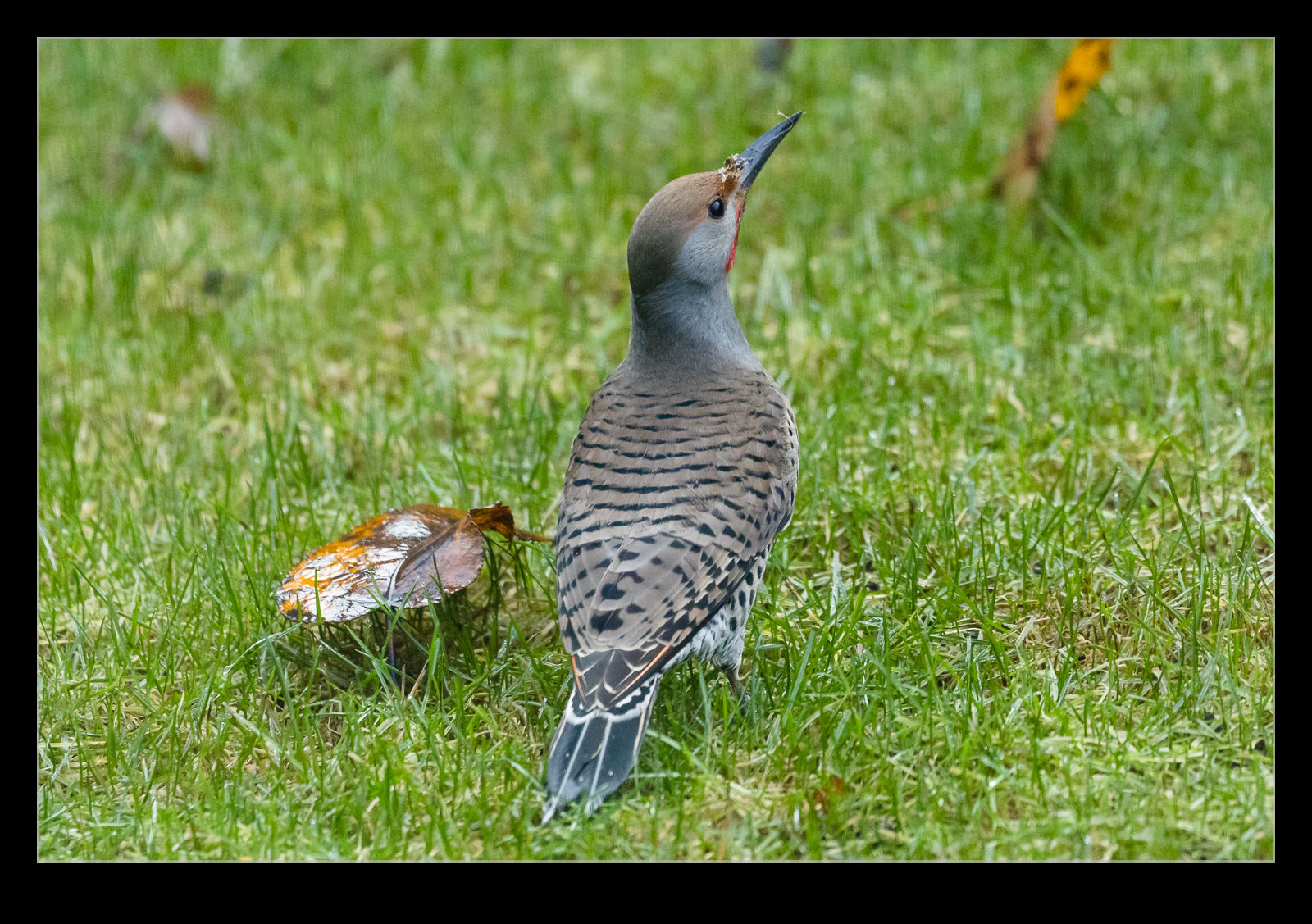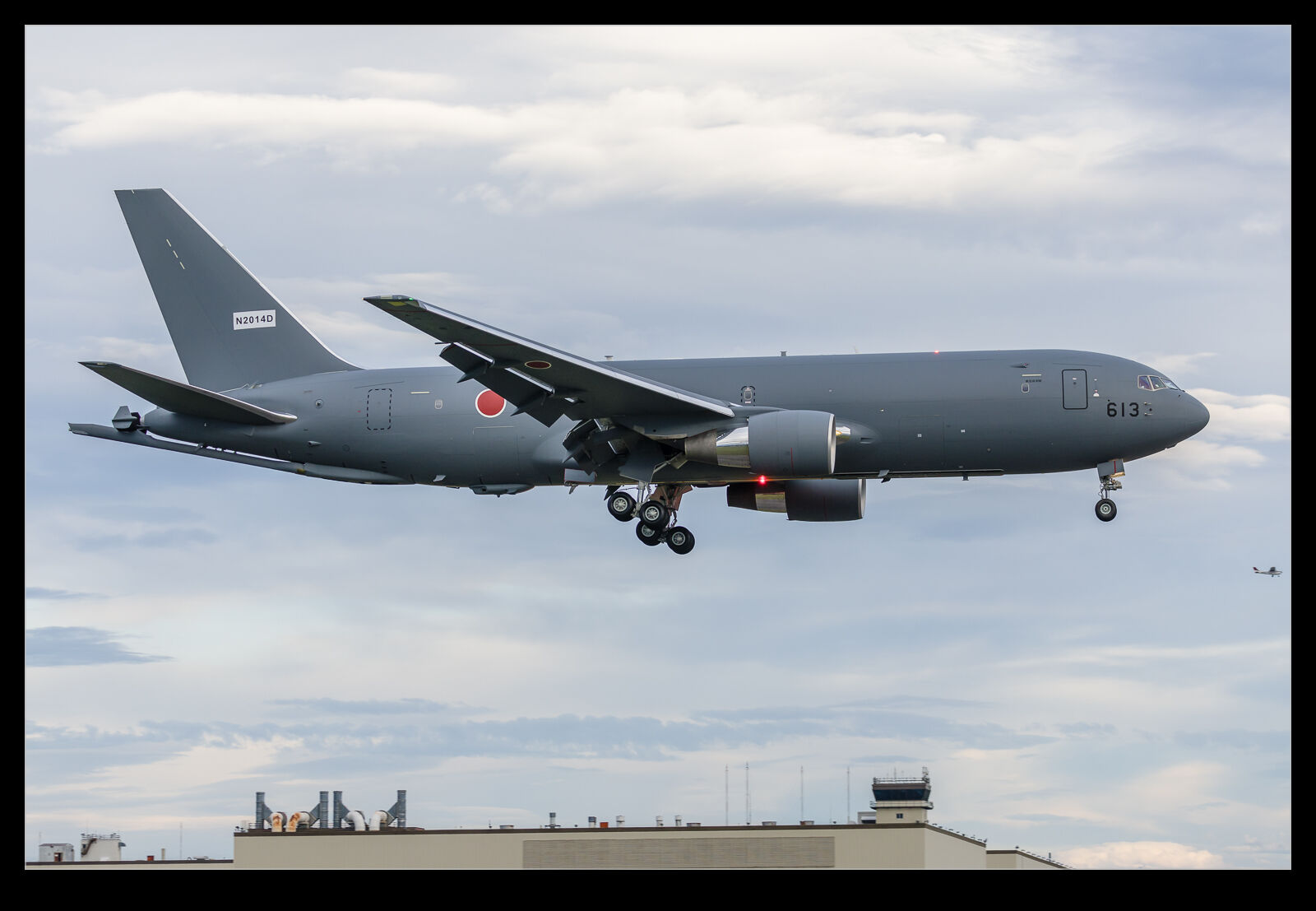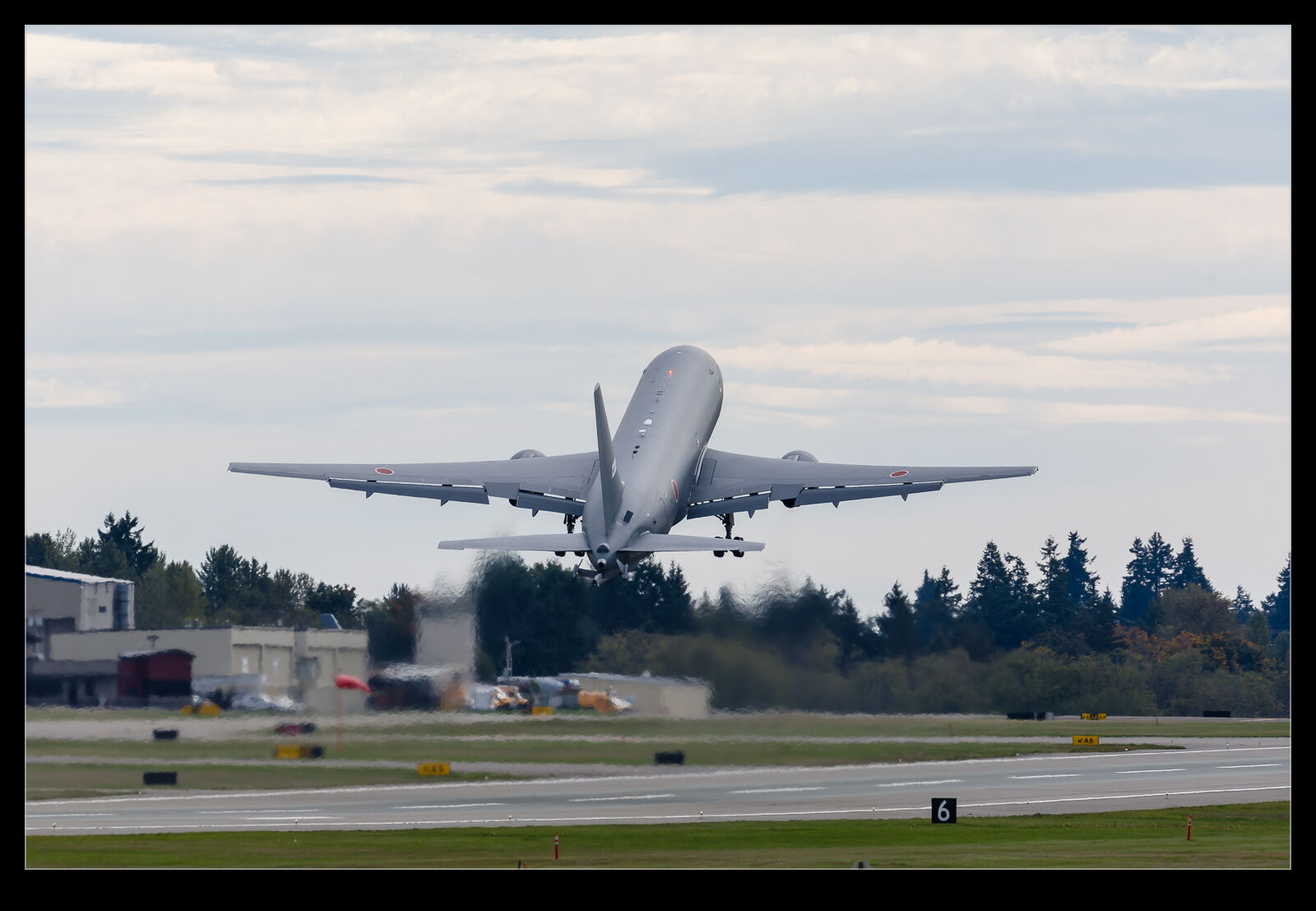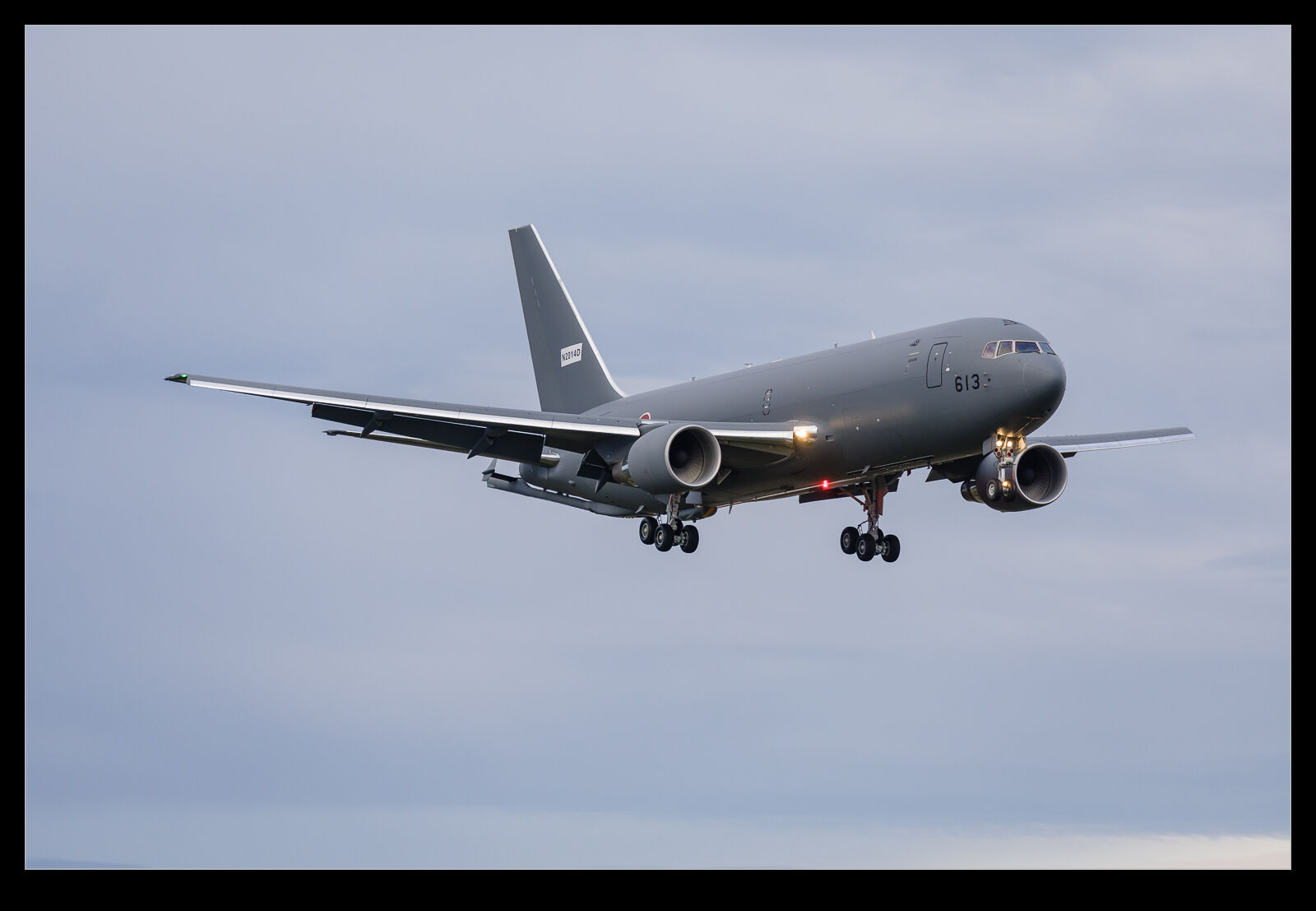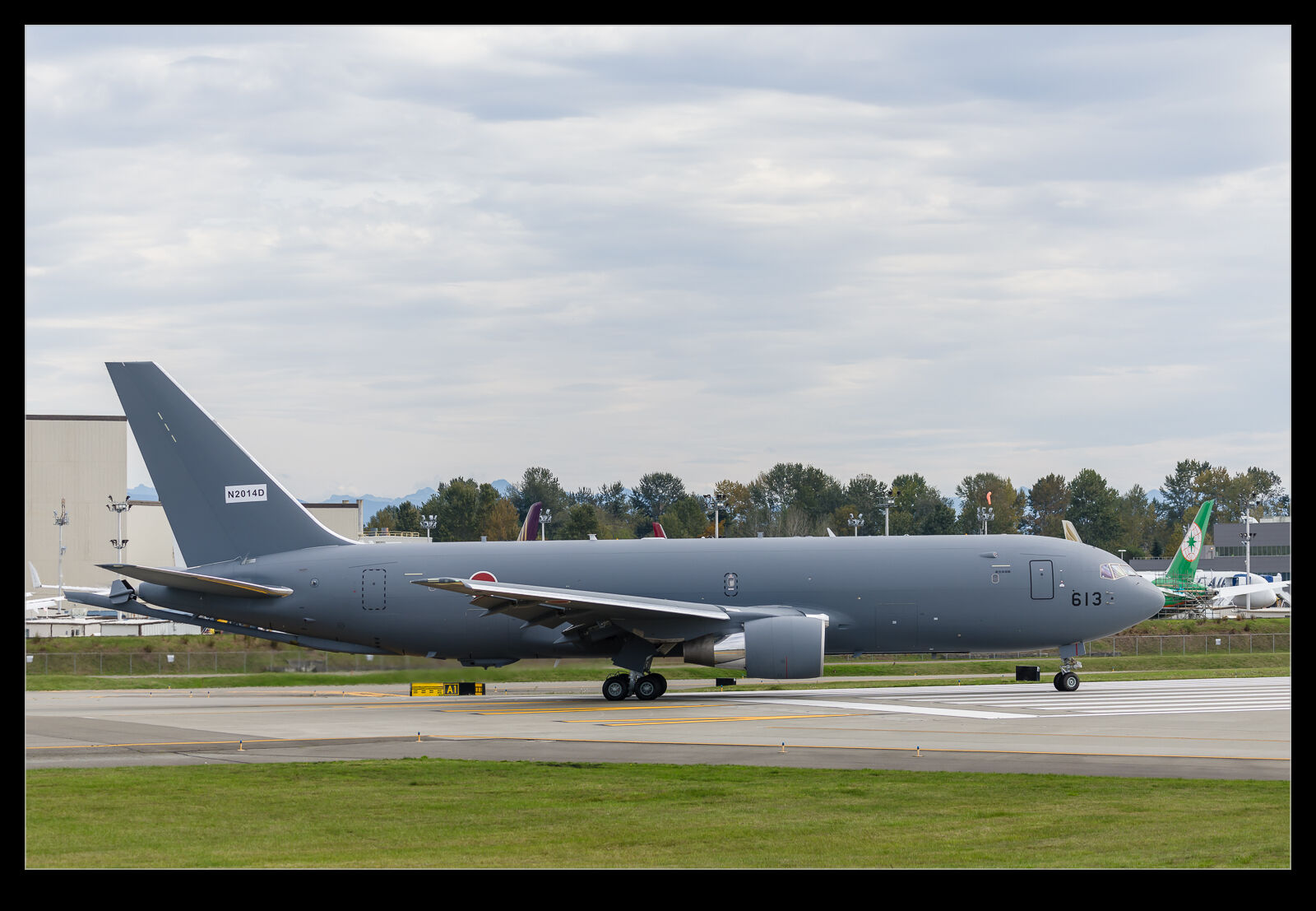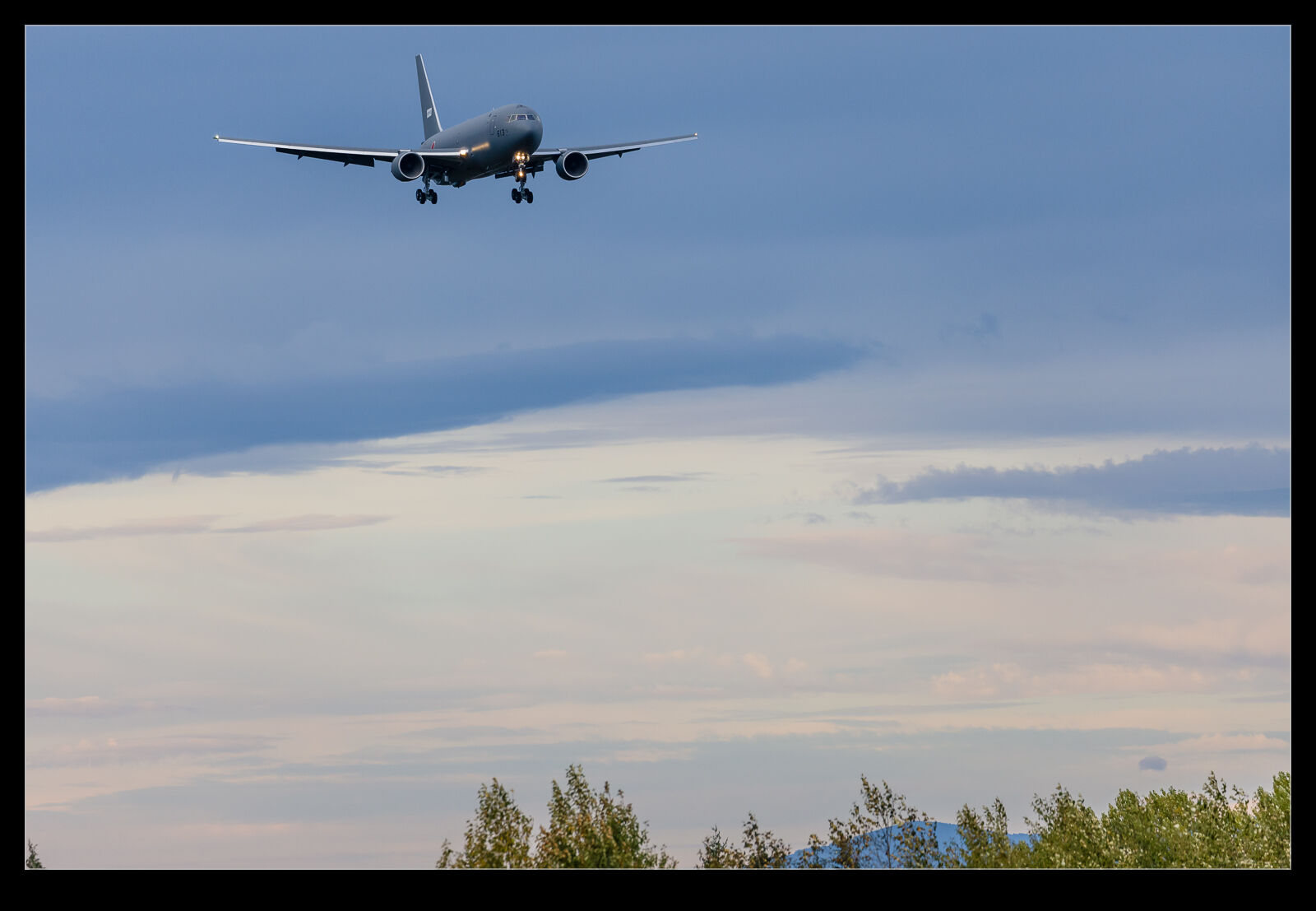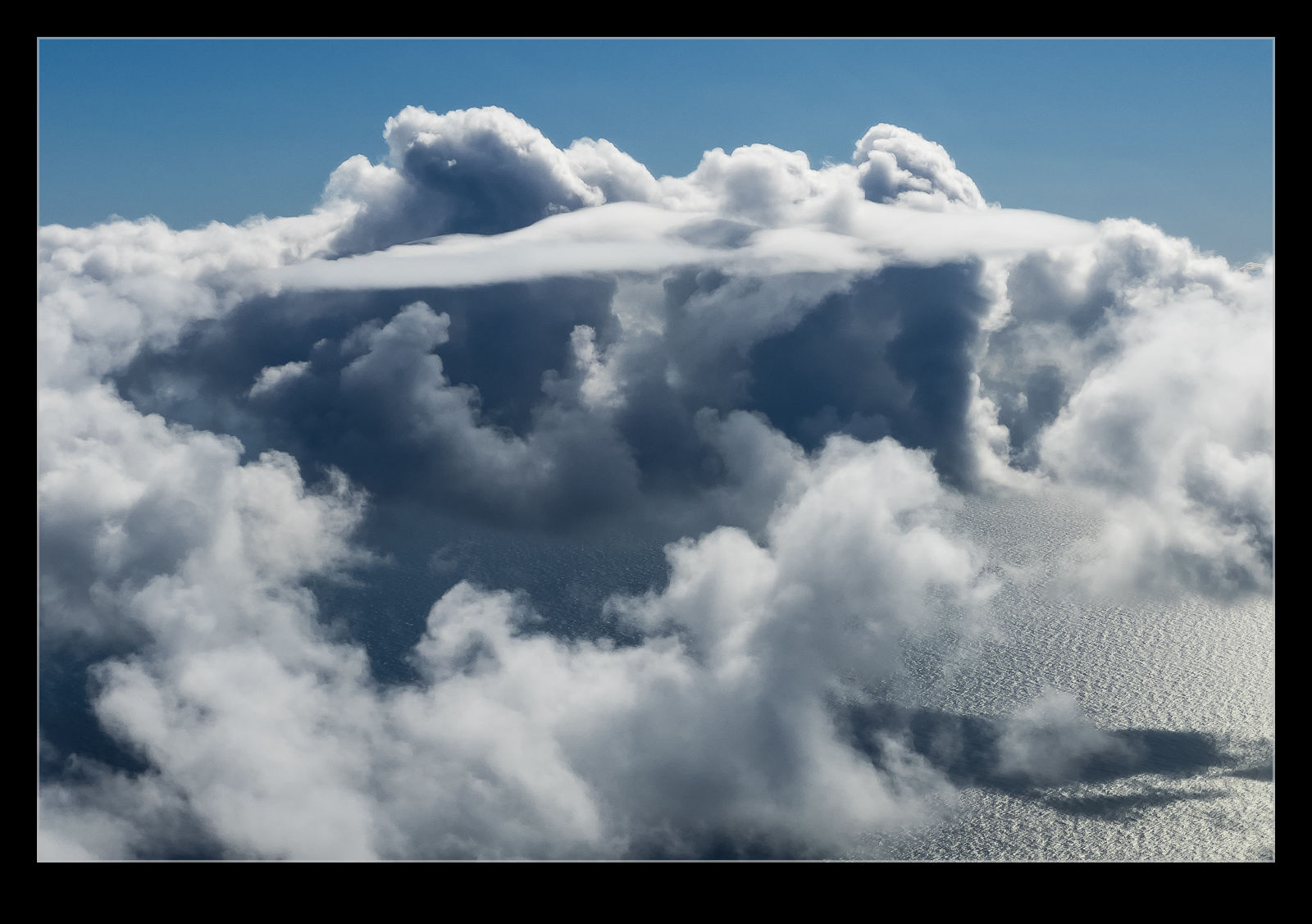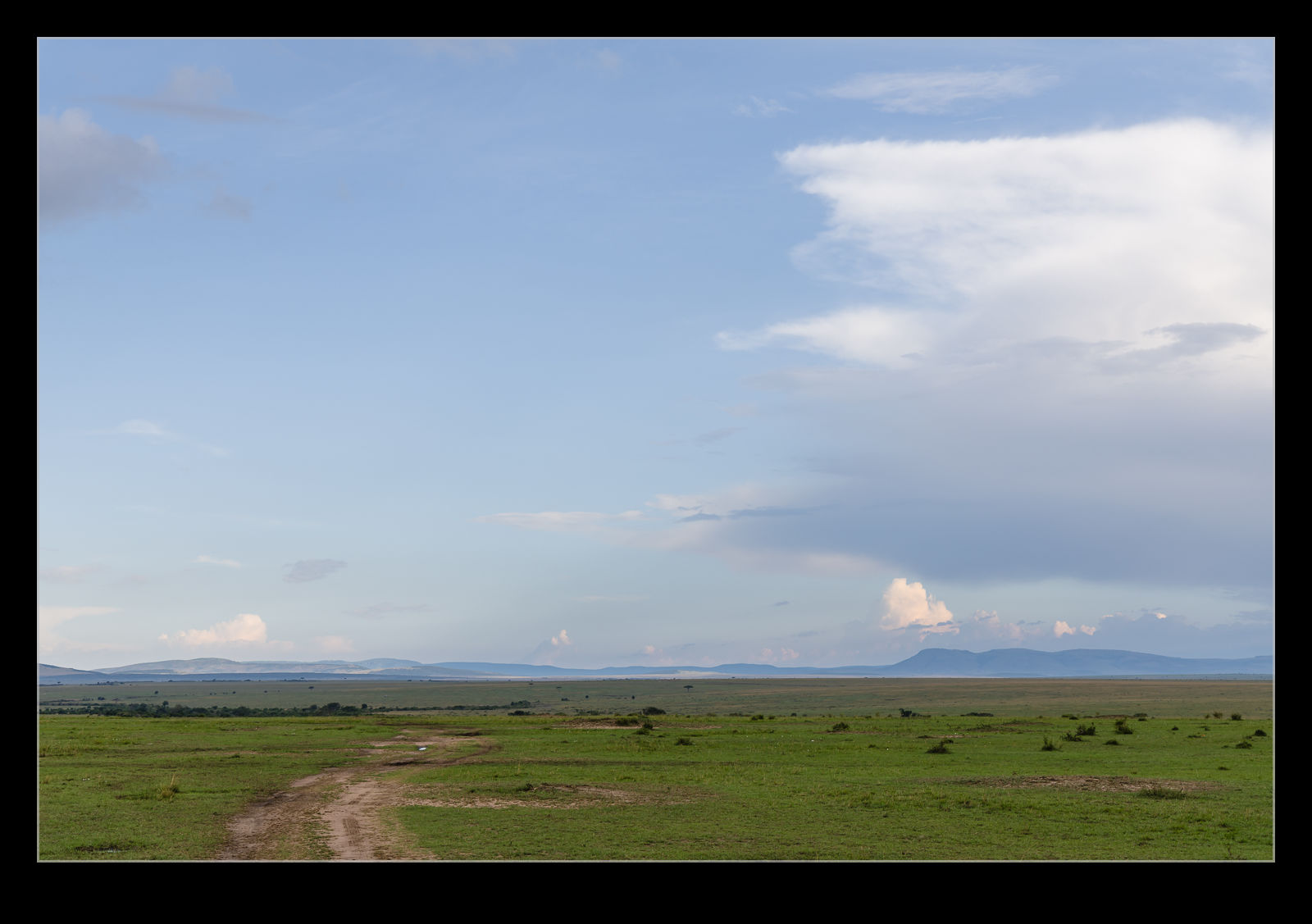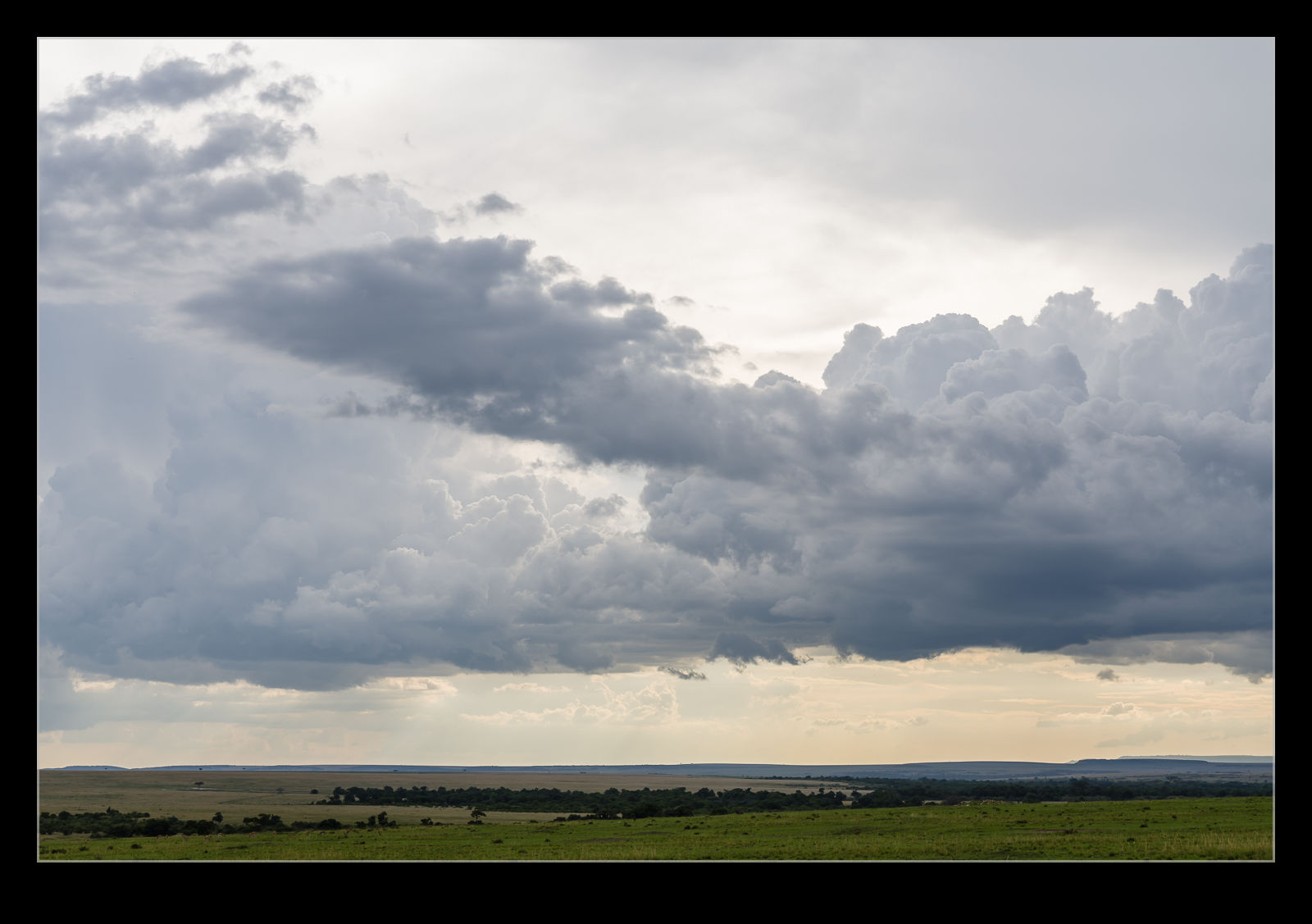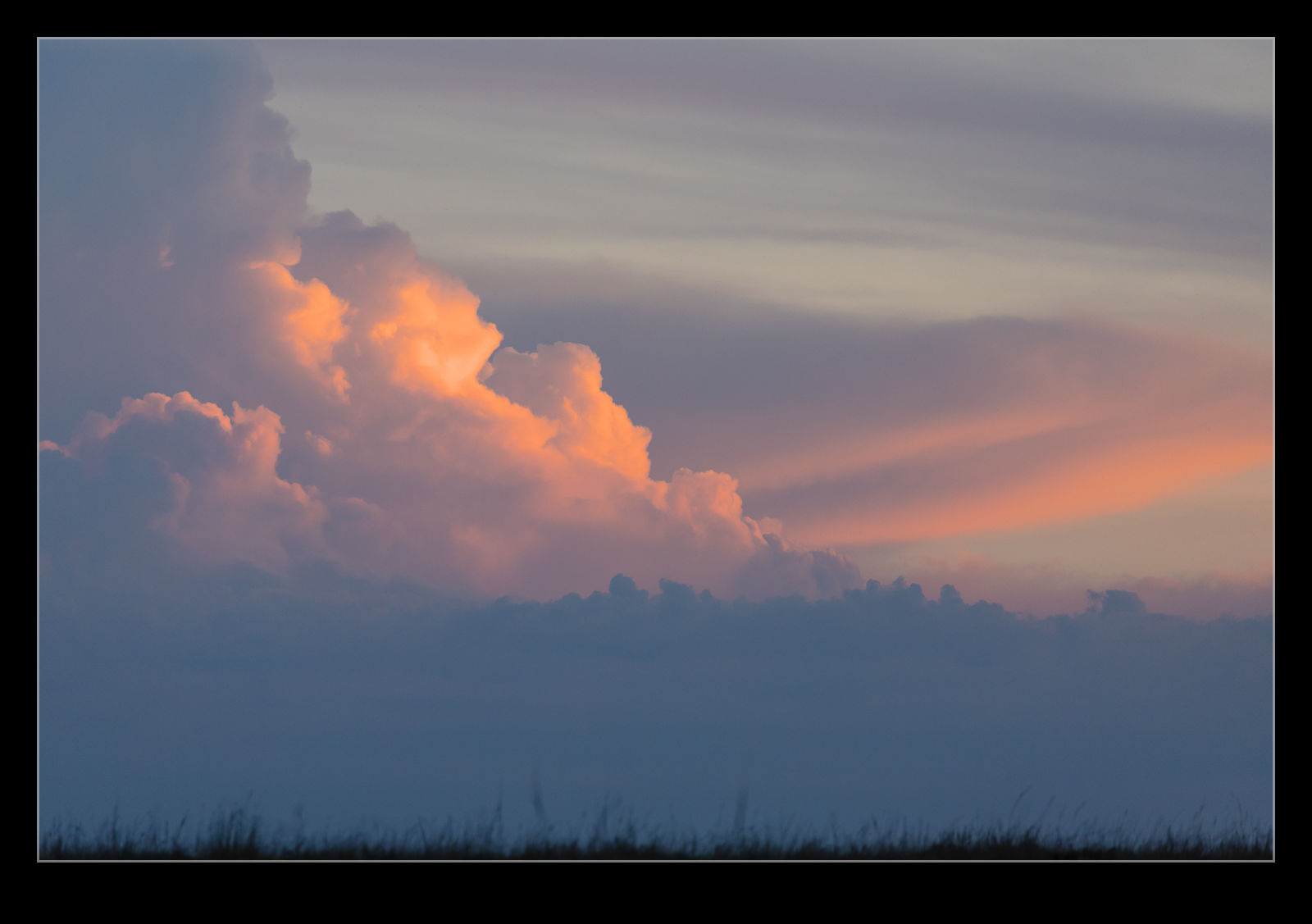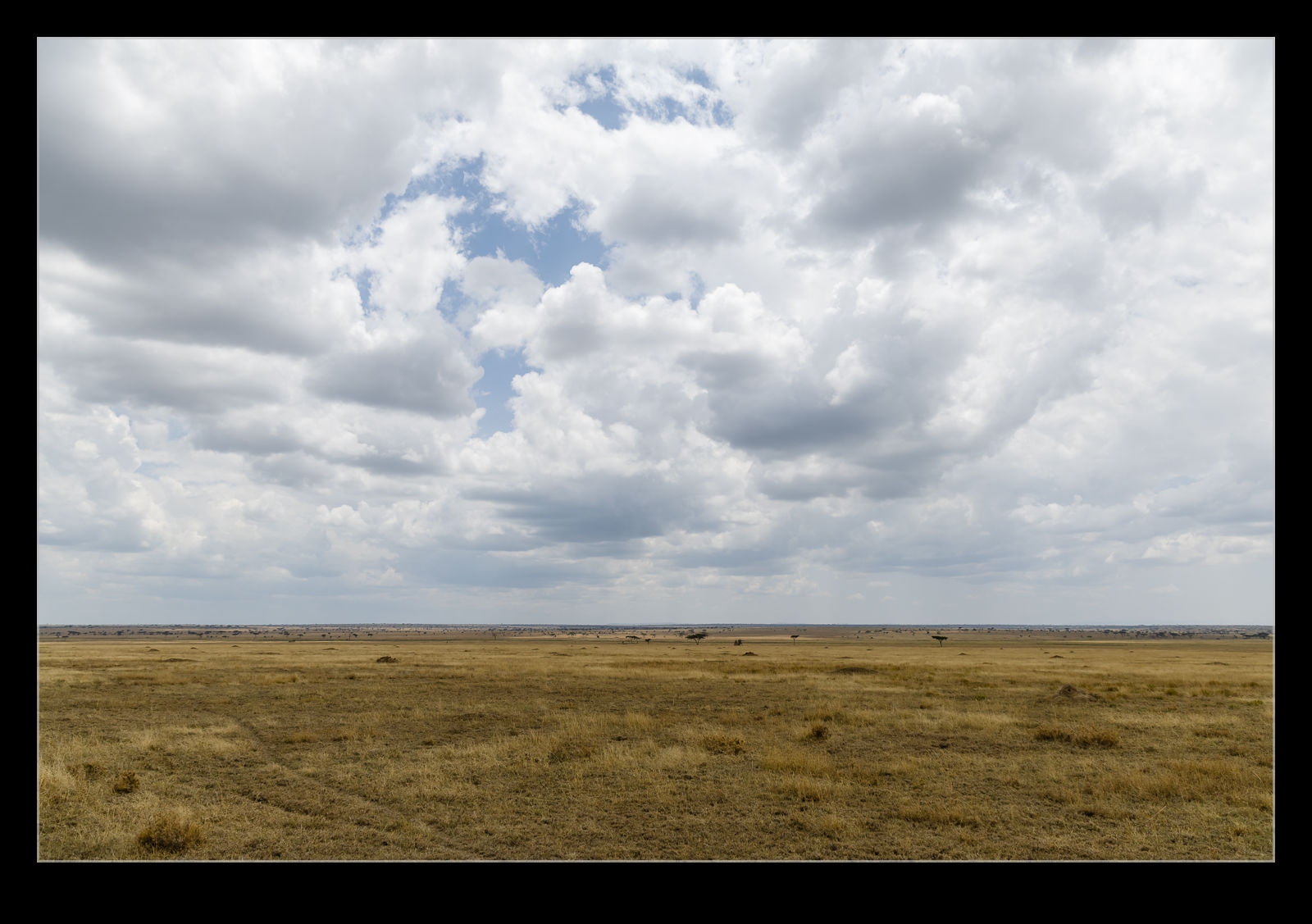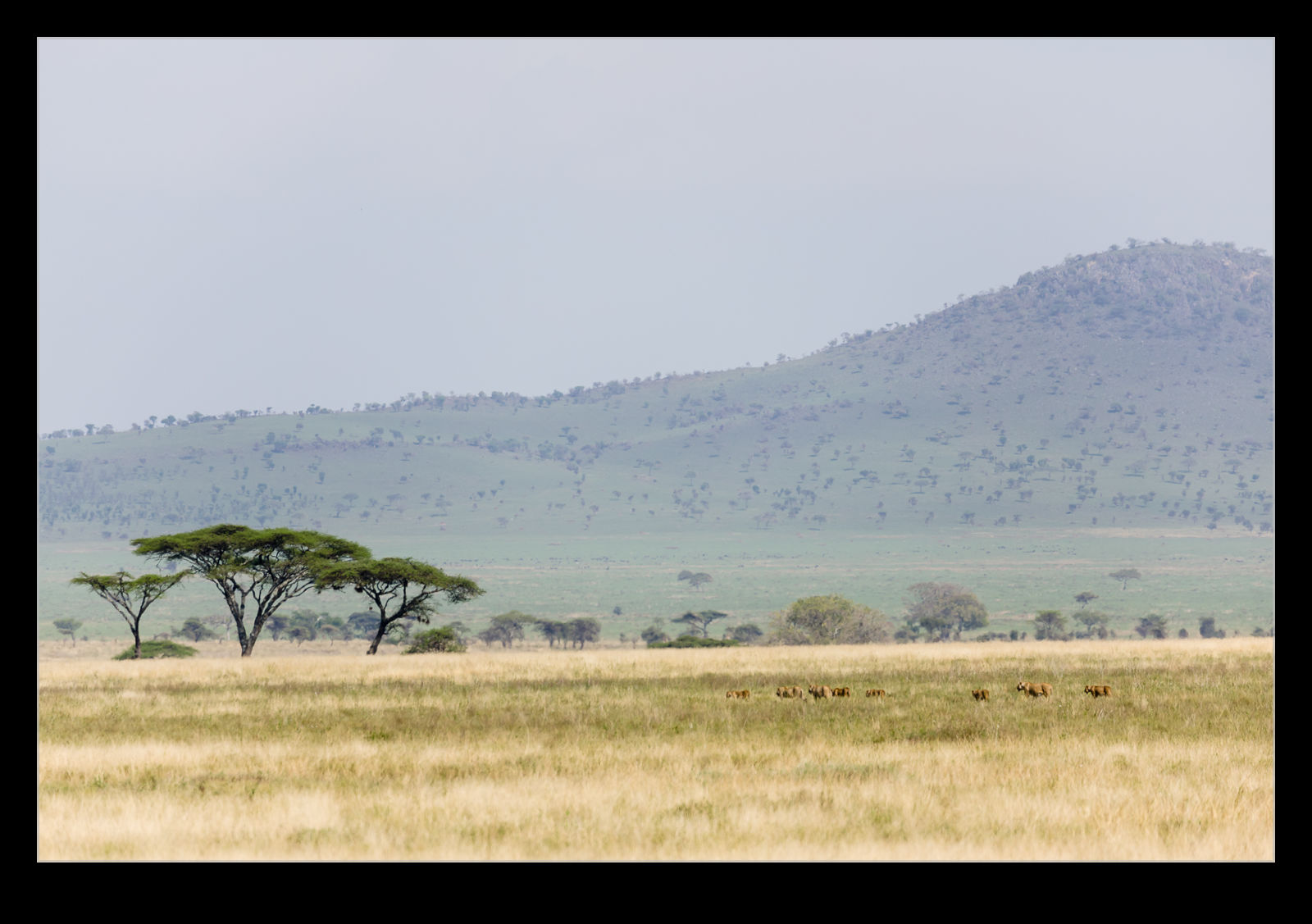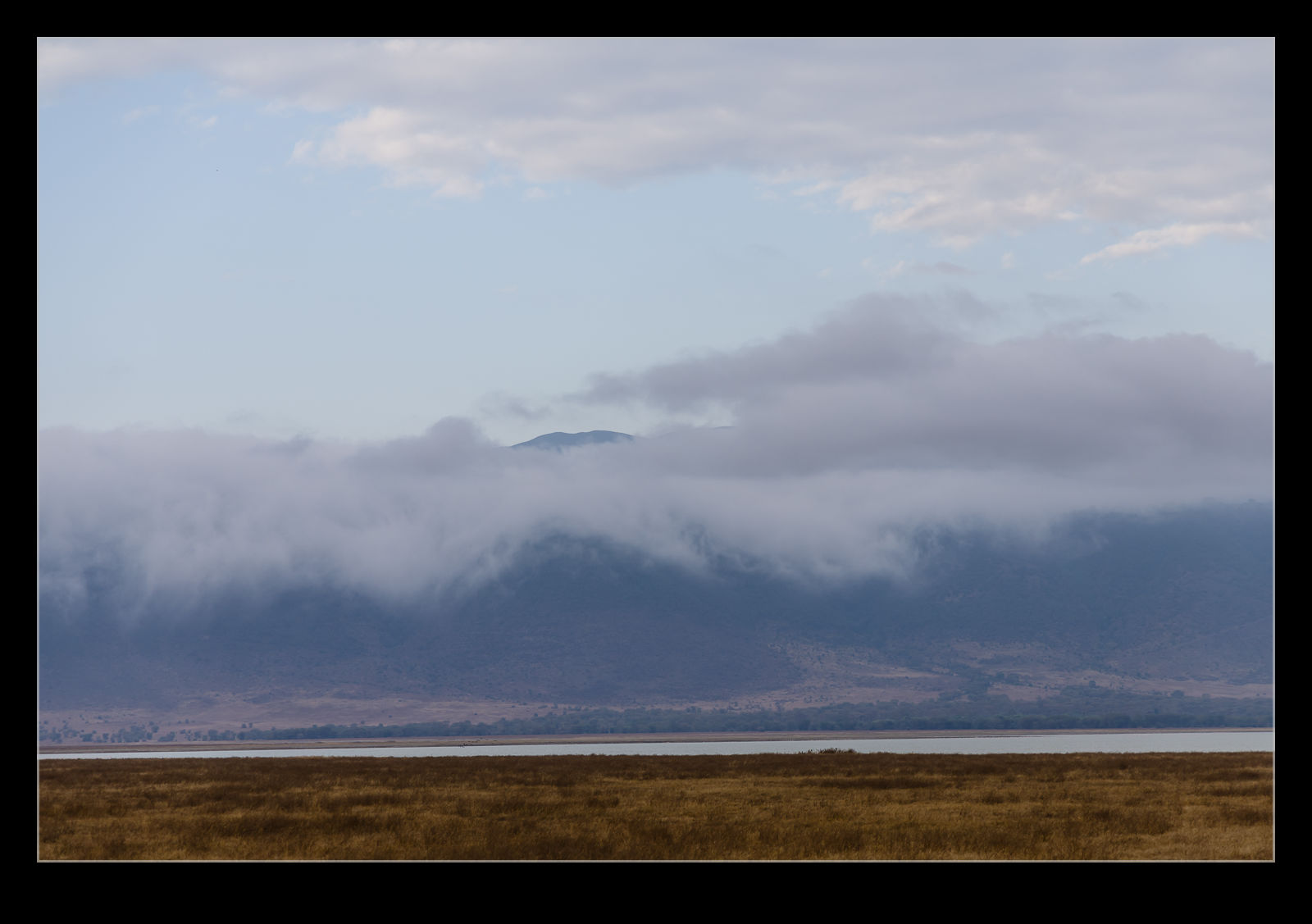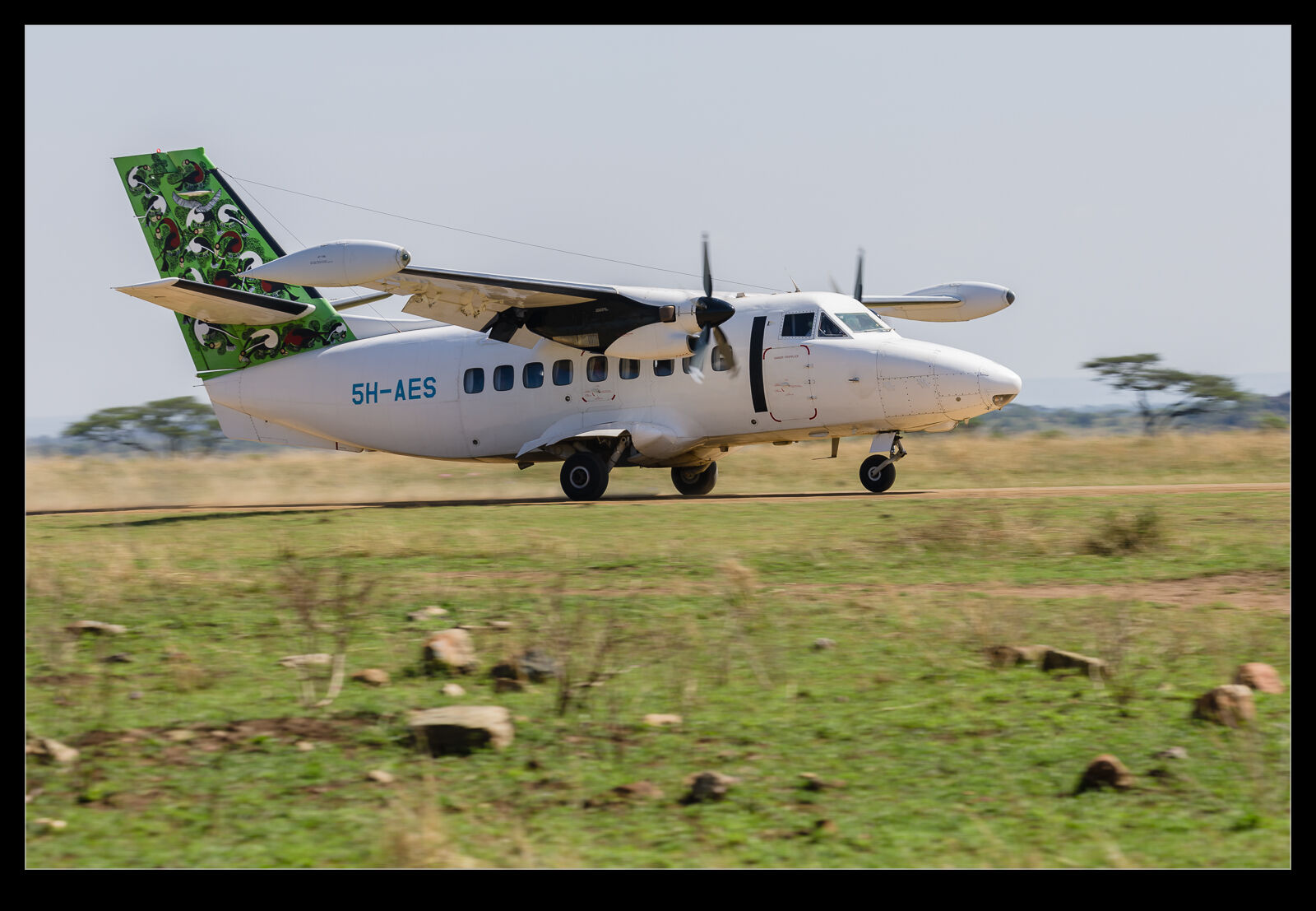 We took three internal flights while we were in Kenya and Tanzania and all three were interesting aircraft. Better still, they were all different types. One was a new one for me to fly on, but you might be surprised as to which that was. Our first trip was on a Let 410. It took us from the Serengeti to a short strip just short of the border with Kenya. This wasn’t my first ride in a 410 but it was my first landing. Previously I jumped out of one as part of a tandem skydive. This one had far more comfortable seating.
We took three internal flights while we were in Kenya and Tanzania and all three were interesting aircraft. Better still, they were all different types. One was a new one for me to fly on, but you might be surprised as to which that was. Our first trip was on a Let 410. It took us from the Serengeti to a short strip just short of the border with Kenya. This wasn’t my first ride in a 410 but it was my first landing. Previously I jumped out of one as part of a tandem skydive. This one had far more comfortable seating.
 Once we crossed the border, we took another flight into the Maasai Mara. This was on a type that is ubiquitous in the area – the Cessna 208B Grand Caravan. I have never been on one of these. They were very densely configured and getting through the cabin to a seat was quite an effort. I don’t care to think what getting out in a hurry might be like! We saw so many of these with different operators over the course of our visit.
Once we crossed the border, we took another flight into the Maasai Mara. This was on a type that is ubiquitous in the area – the Cessna 208B Grand Caravan. I have never been on one of these. They were very densely configured and getting through the cabin to a seat was quite an effort. I don’t care to think what getting out in a hurry might be like! We saw so many of these with different operators over the course of our visit.
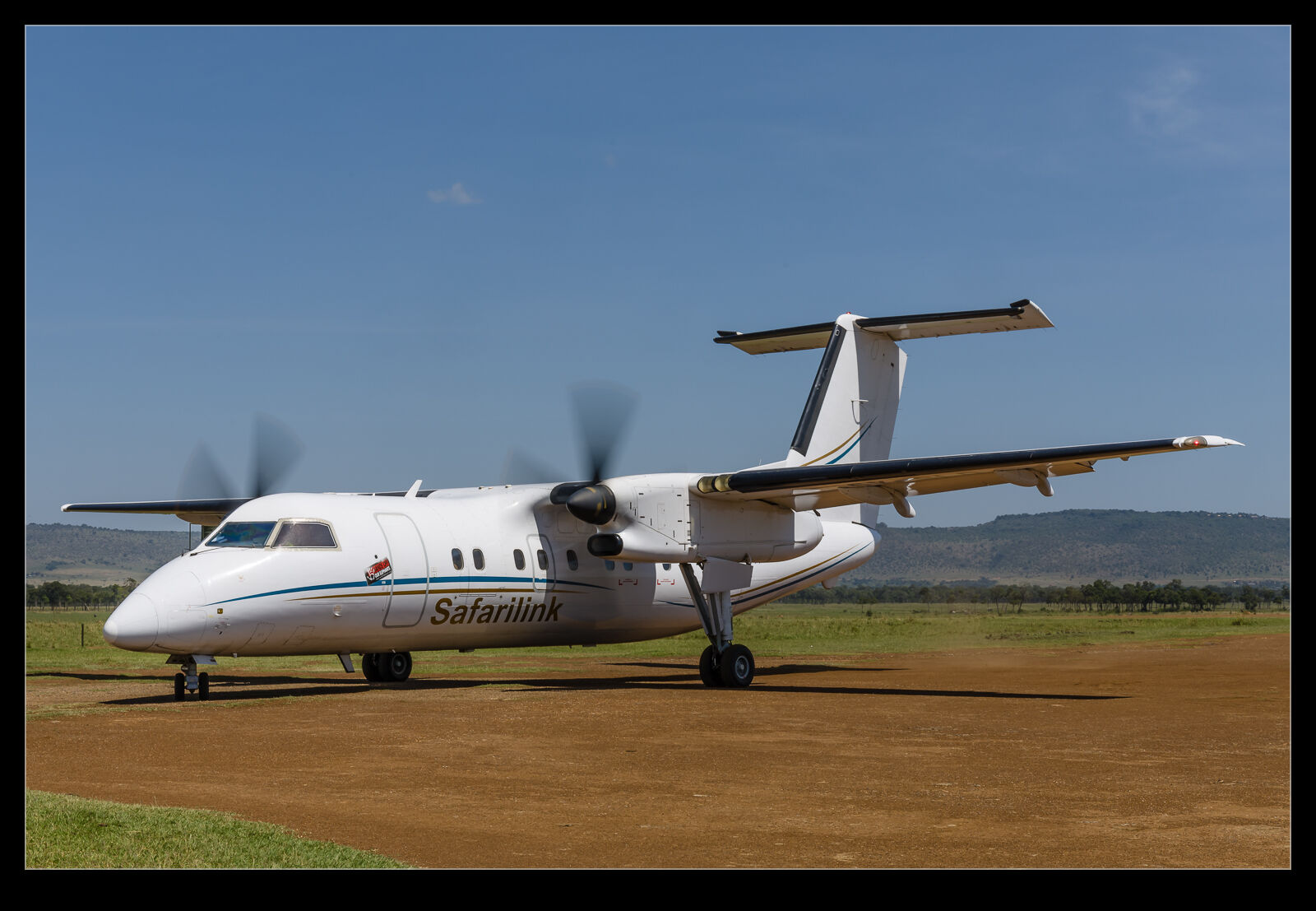 The last type we flew was a Dash 8 100 Series. A far larger type than the others, this flies some heavier routes, and these might involve multiple stops along the way picking up and dropping off customers. Ours picked us up in the Mara and took us direct to Nairobi. No intermediate stops for us. It has been a long time since I flew in an early generation Dash 8, and I hadn’t thought of them as doing rough field ops. However, supporting remote communities is part of their history so of course they are fine on these strips. Unfortunately, heavy rains at the strip 90 seconds from our camp meant we had to drive for forty minutes to another strip to make this flight. It was a good trip, though. This part of the world was great for people like me that like close up encounters with aviation!
The last type we flew was a Dash 8 100 Series. A far larger type than the others, this flies some heavier routes, and these might involve multiple stops along the way picking up and dropping off customers. Ours picked us up in the Mara and took us direct to Nairobi. No intermediate stops for us. It has been a long time since I flew in an early generation Dash 8, and I hadn’t thought of them as doing rough field ops. However, supporting remote communities is part of their history so of course they are fine on these strips. Unfortunately, heavy rains at the strip 90 seconds from our camp meant we had to drive for forty minutes to another strip to make this flight. It was a good trip, though. This part of the world was great for people like me that like close up encounters with aviation!
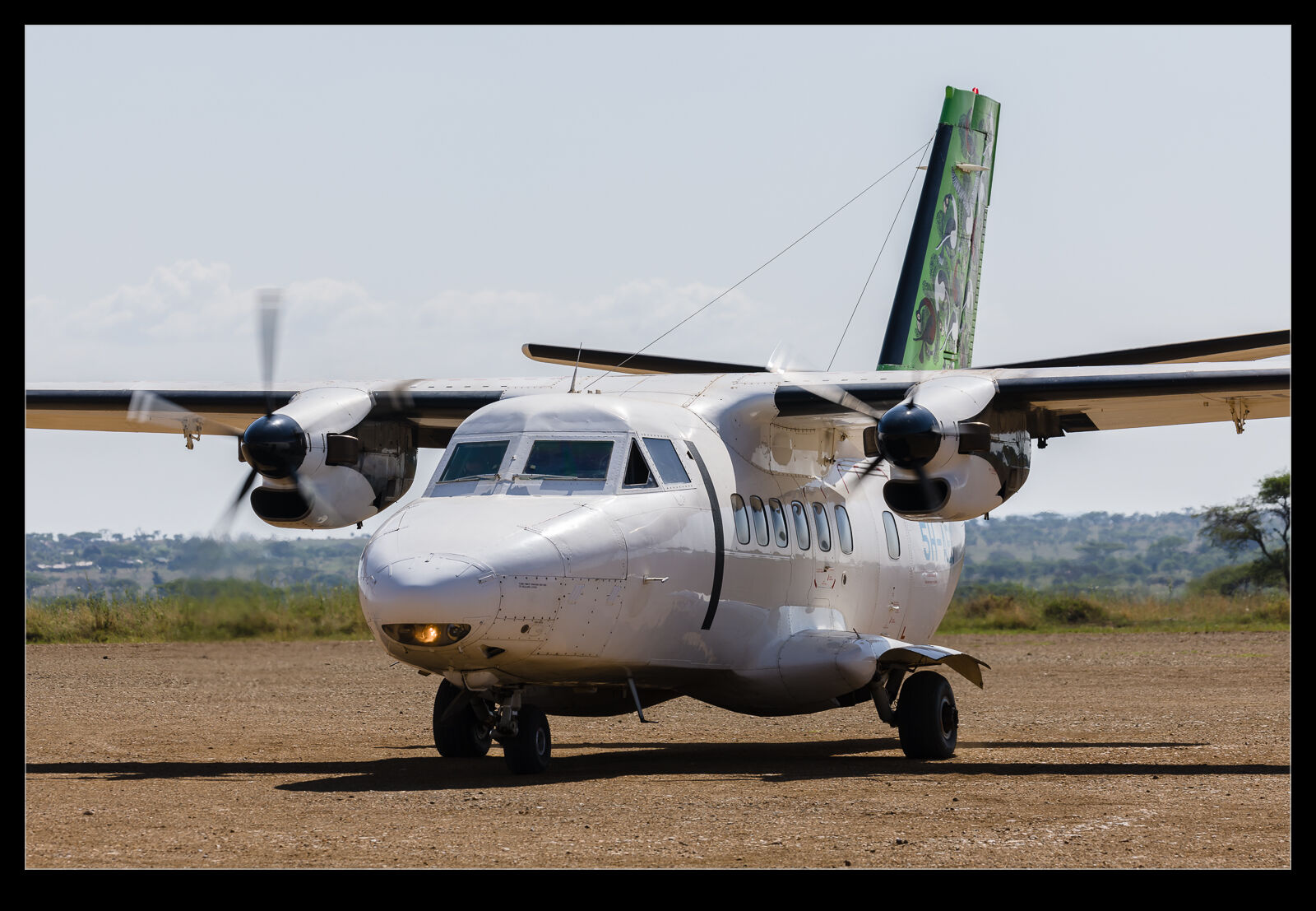
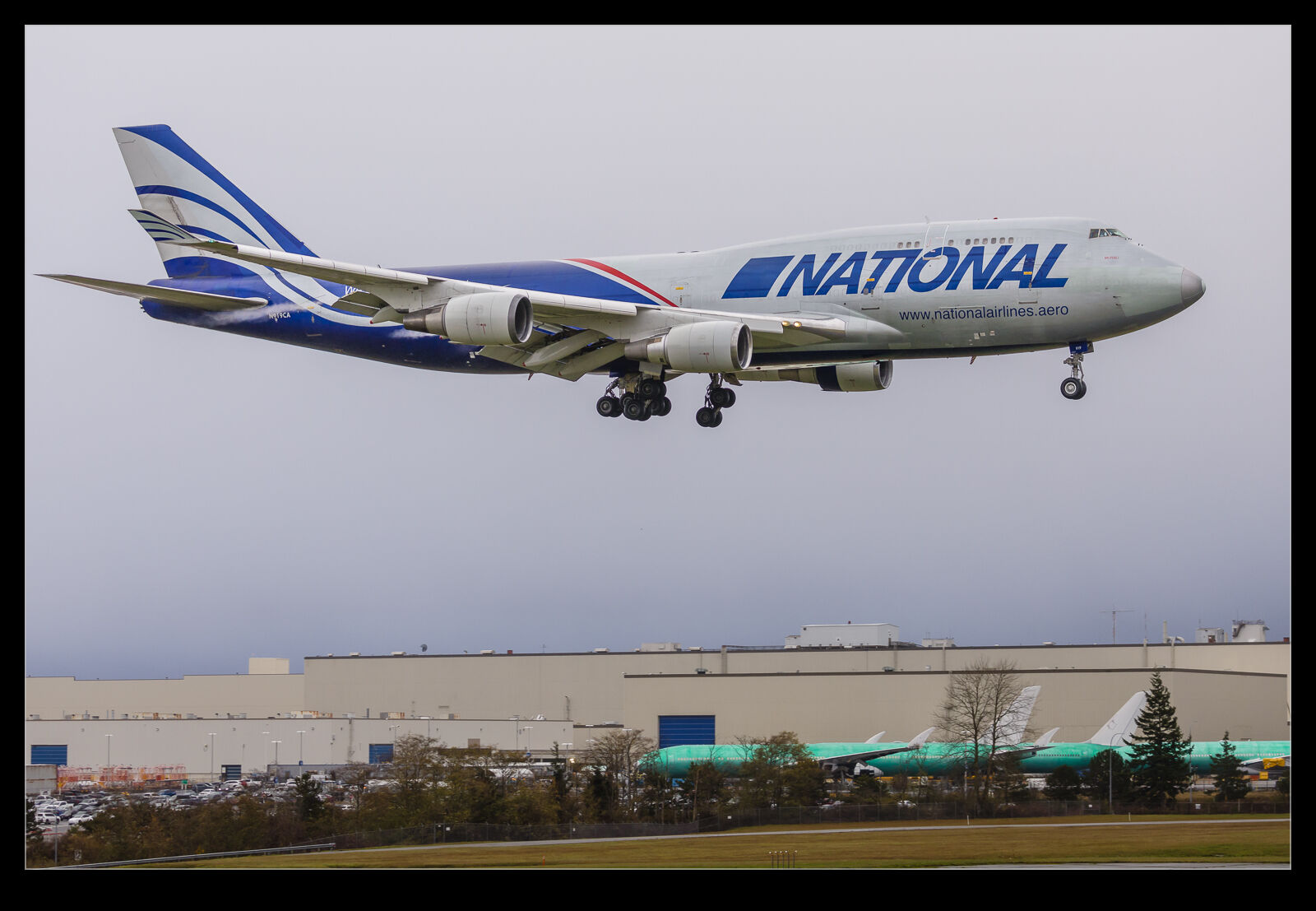 Given that National Airlines has a better than average livery, I will always be happy to get a shot of their planes. The 747s are a favorite given that they are less common post the pandemic. I was therefore really pleased that one was due into Paine Field one weekend. Of course, this is the Pacific Northwest and that means no guarantee of good weather. Sure enough, it was a bit overcast, and the air was damp. I wasn’t going to get gleaming illumination of the airframe, but I might get some vapor.
Given that National Airlines has a better than average livery, I will always be happy to get a shot of their planes. The 747s are a favorite given that they are less common post the pandemic. I was therefore really pleased that one was due into Paine Field one weekend. Of course, this is the Pacific Northwest and that means no guarantee of good weather. Sure enough, it was a bit overcast, and the air was damp. I wasn’t going to get gleaming illumination of the airframe, but I might get some vapor.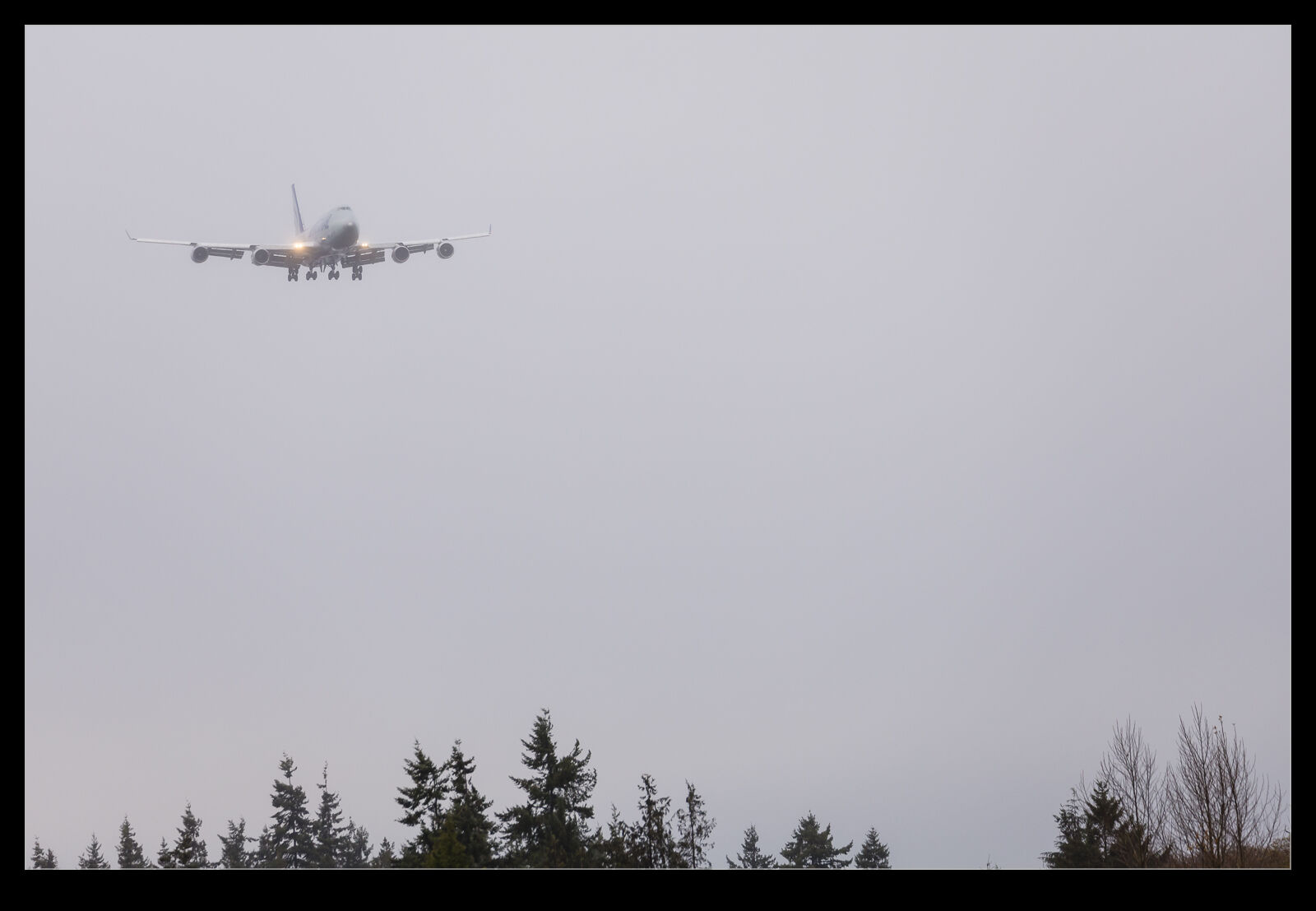 Things weren’t that great but there were some vortices streaming from the flaps as they came across the threshold at the north end of the airport. The grey of the livery was blending a bit with the clouds behind it, but the blues did still have a bit of punch to them. It could have been better, but it was still something I was pleased to get.
Things weren’t that great but there were some vortices streaming from the flaps as they came across the threshold at the north end of the airport. The grey of the livery was blending a bit with the clouds behind it, but the blues did still have a bit of punch to them. It could have been better, but it was still something I was pleased to get.